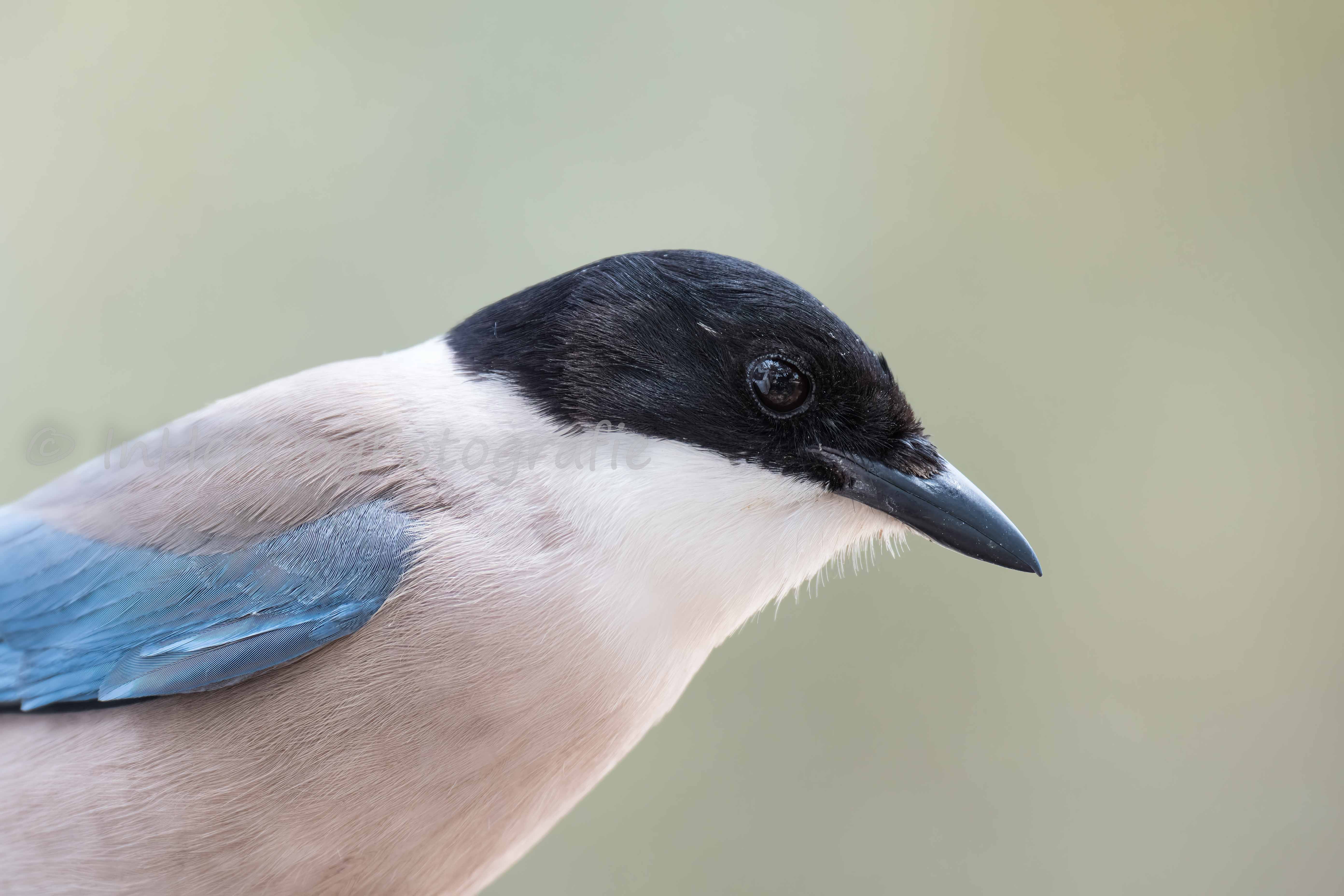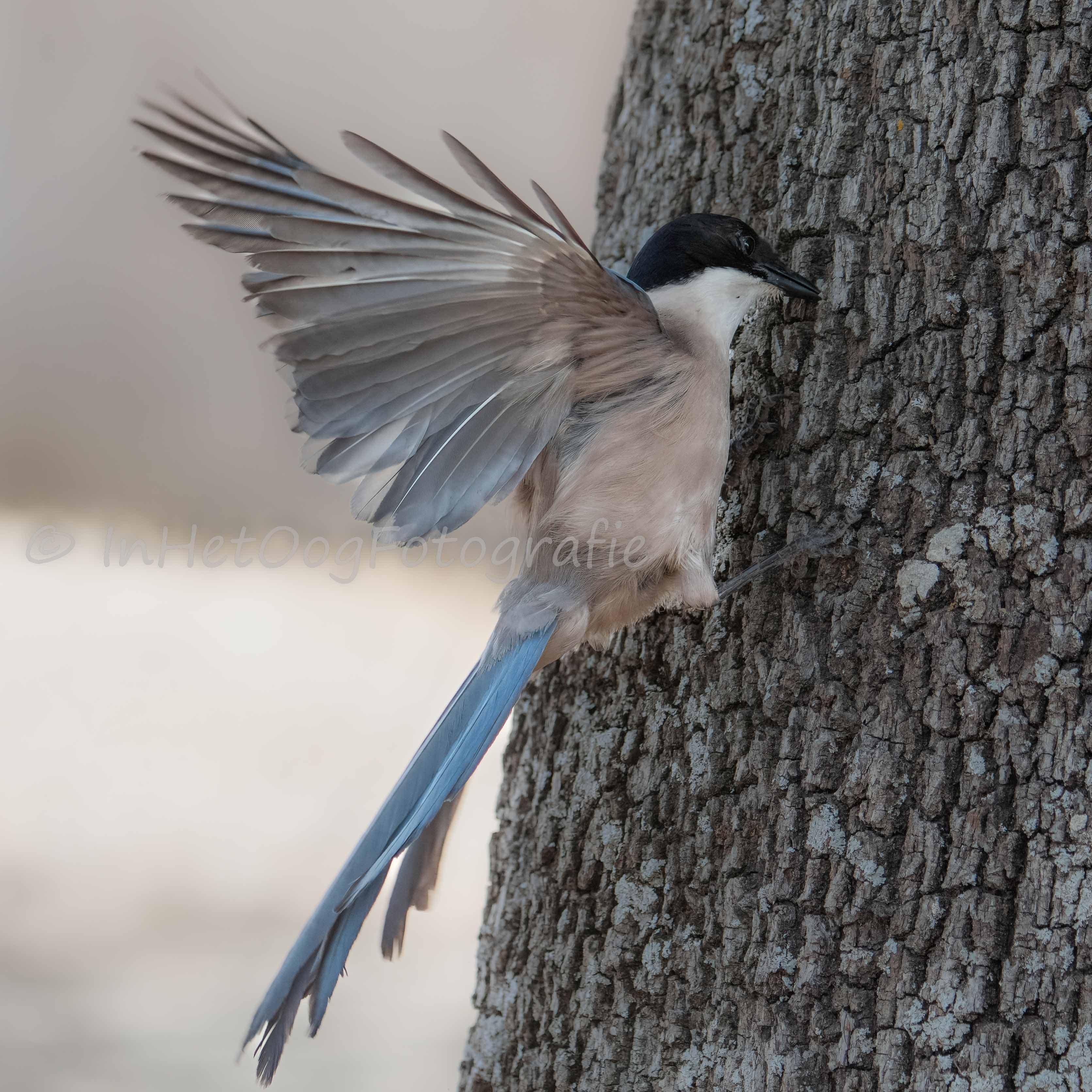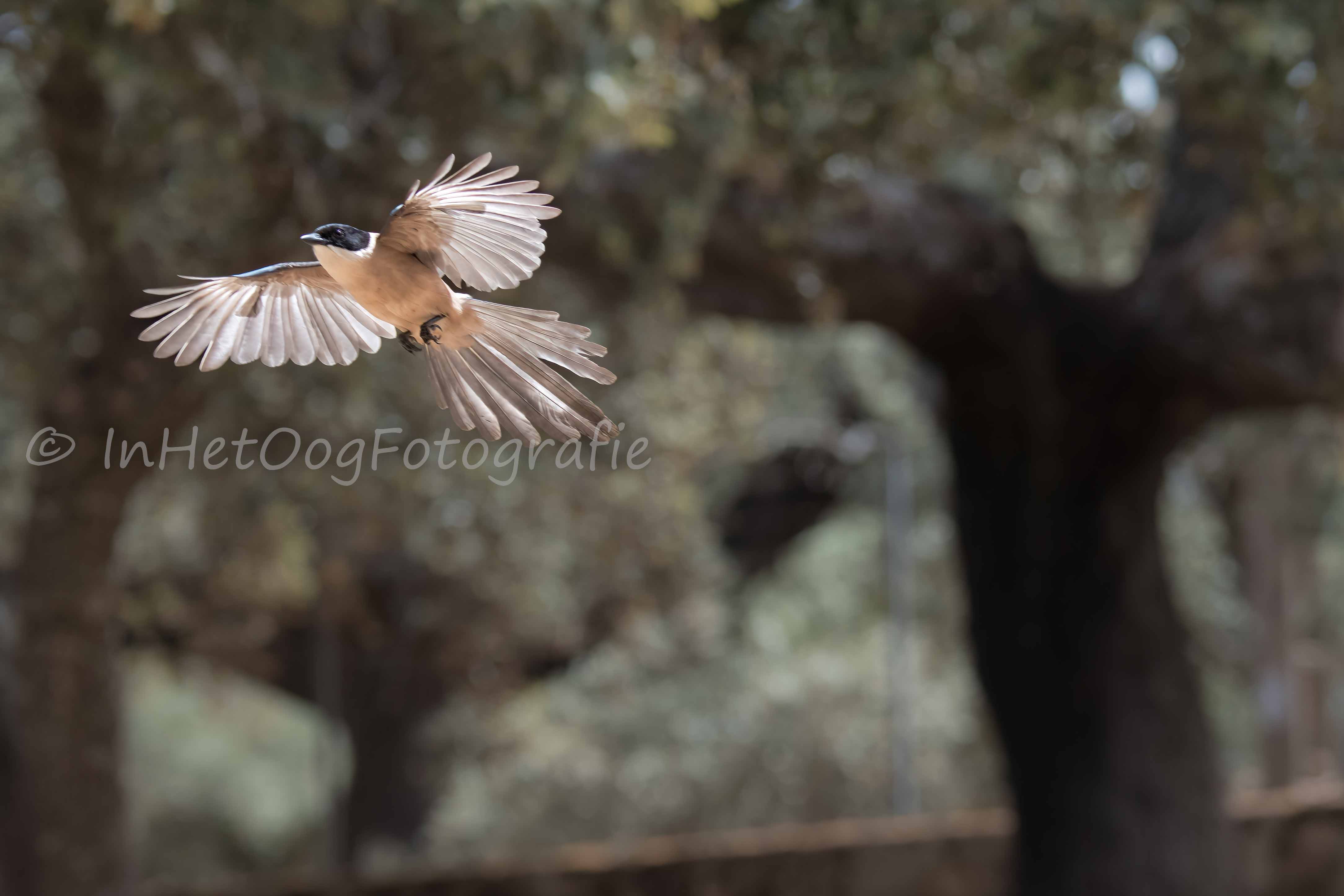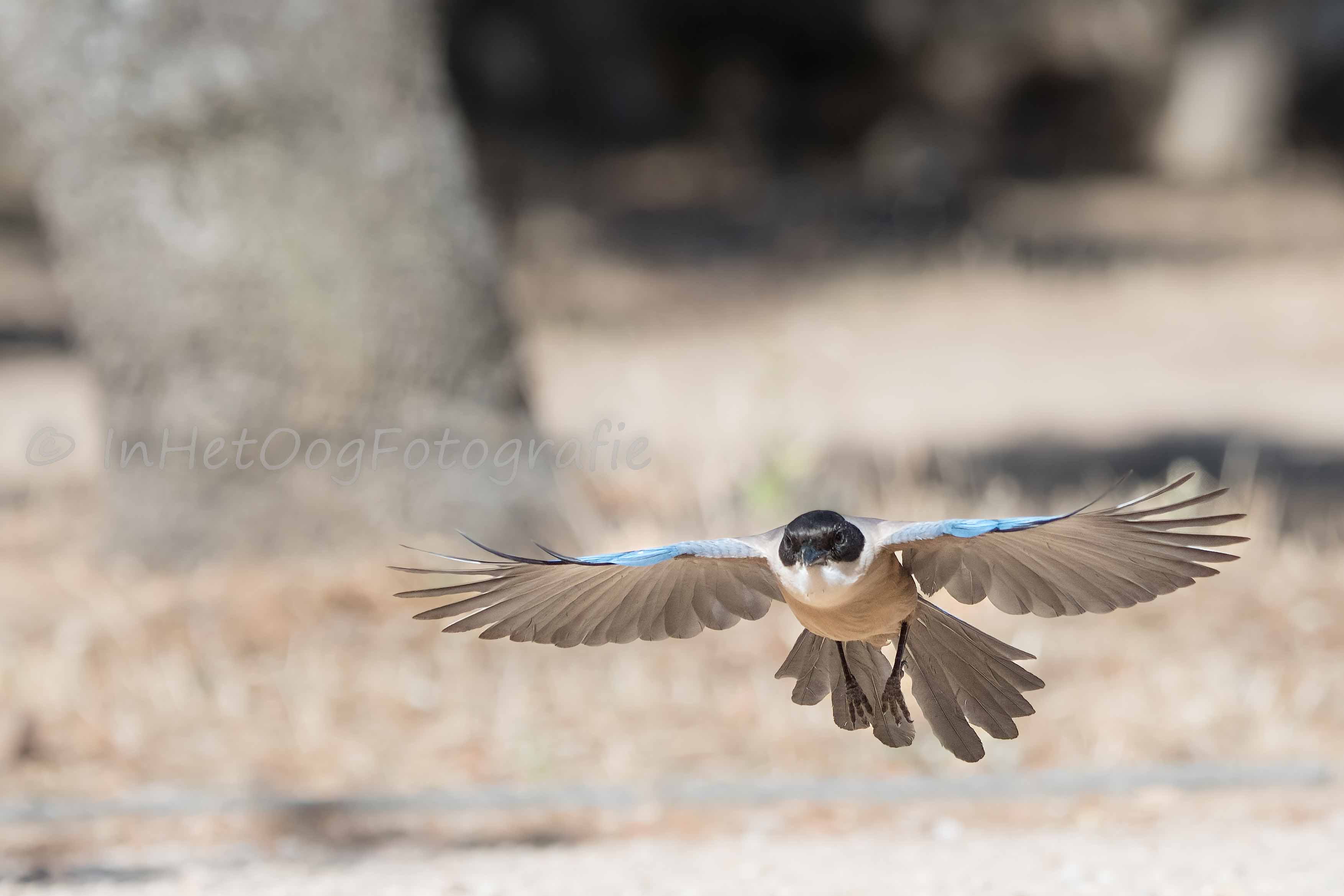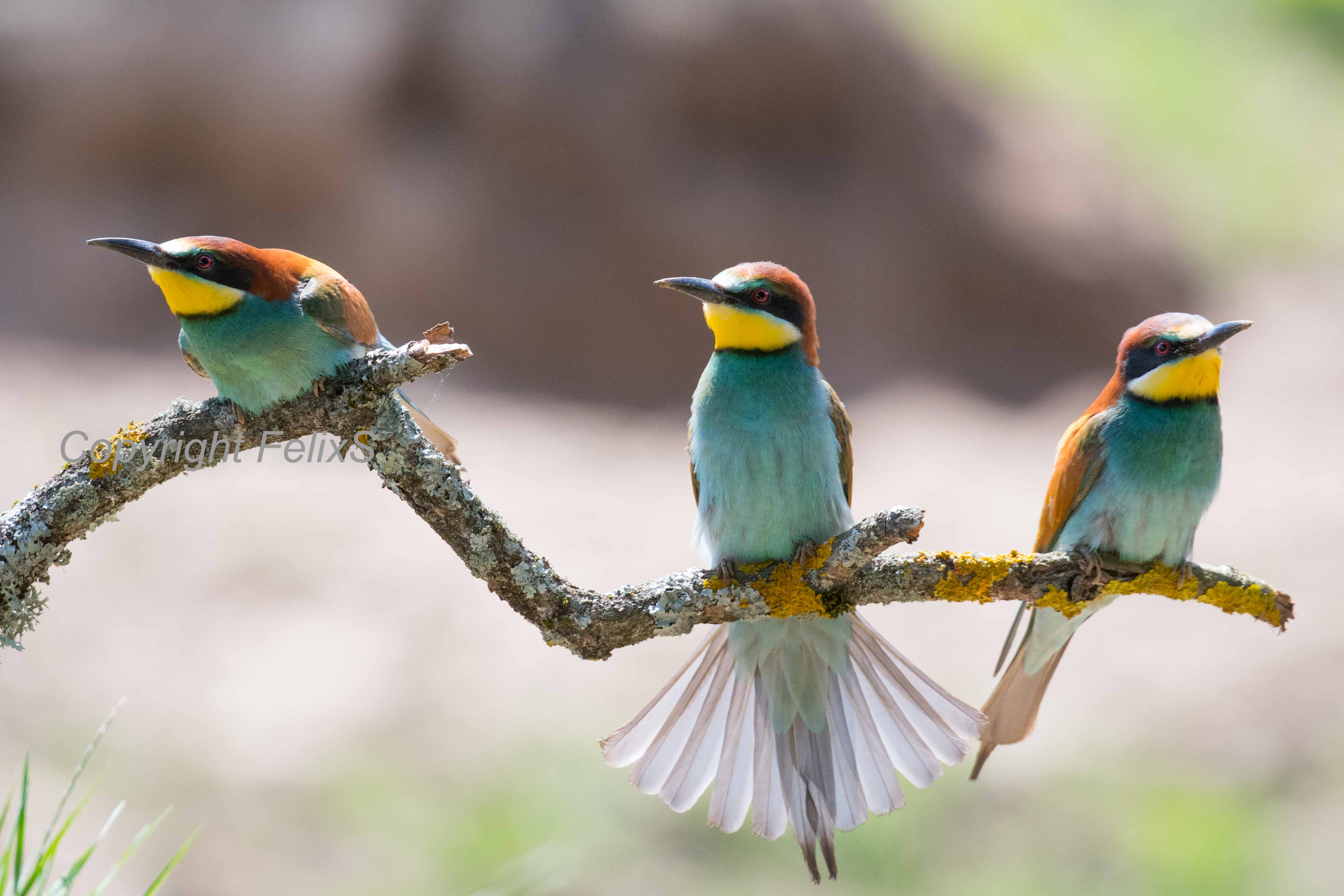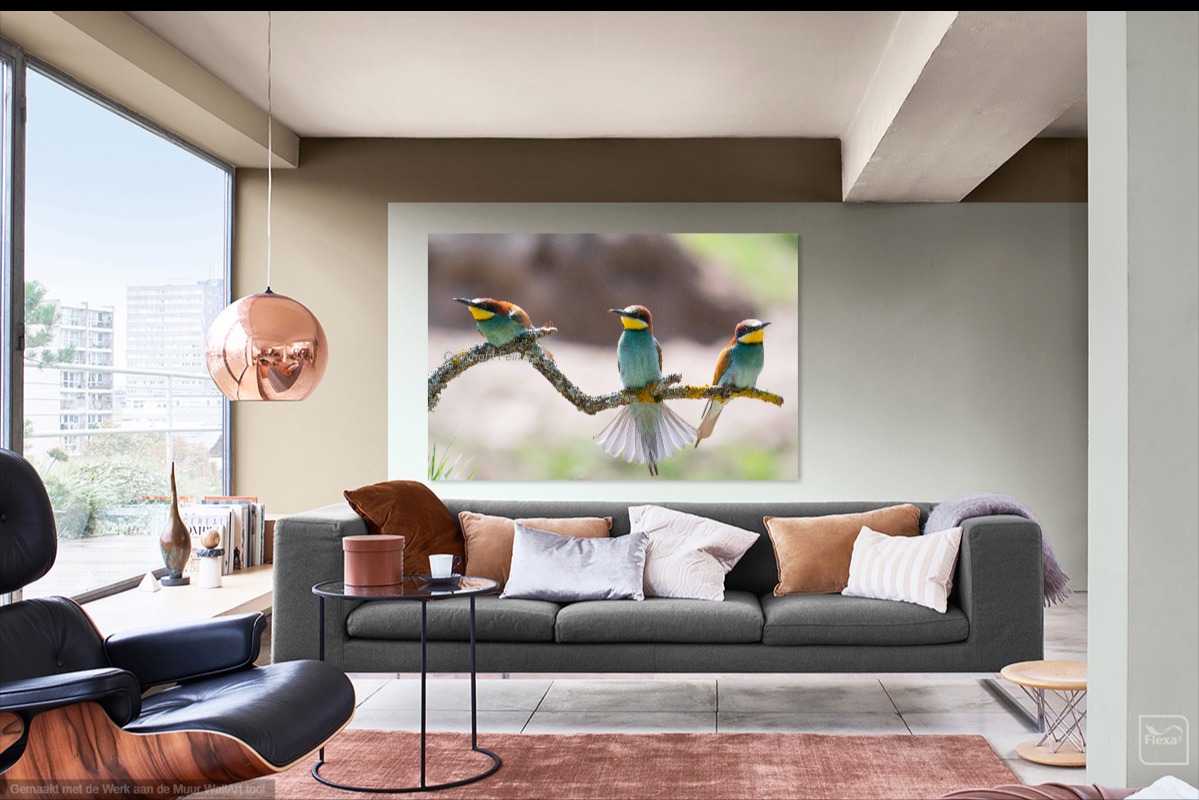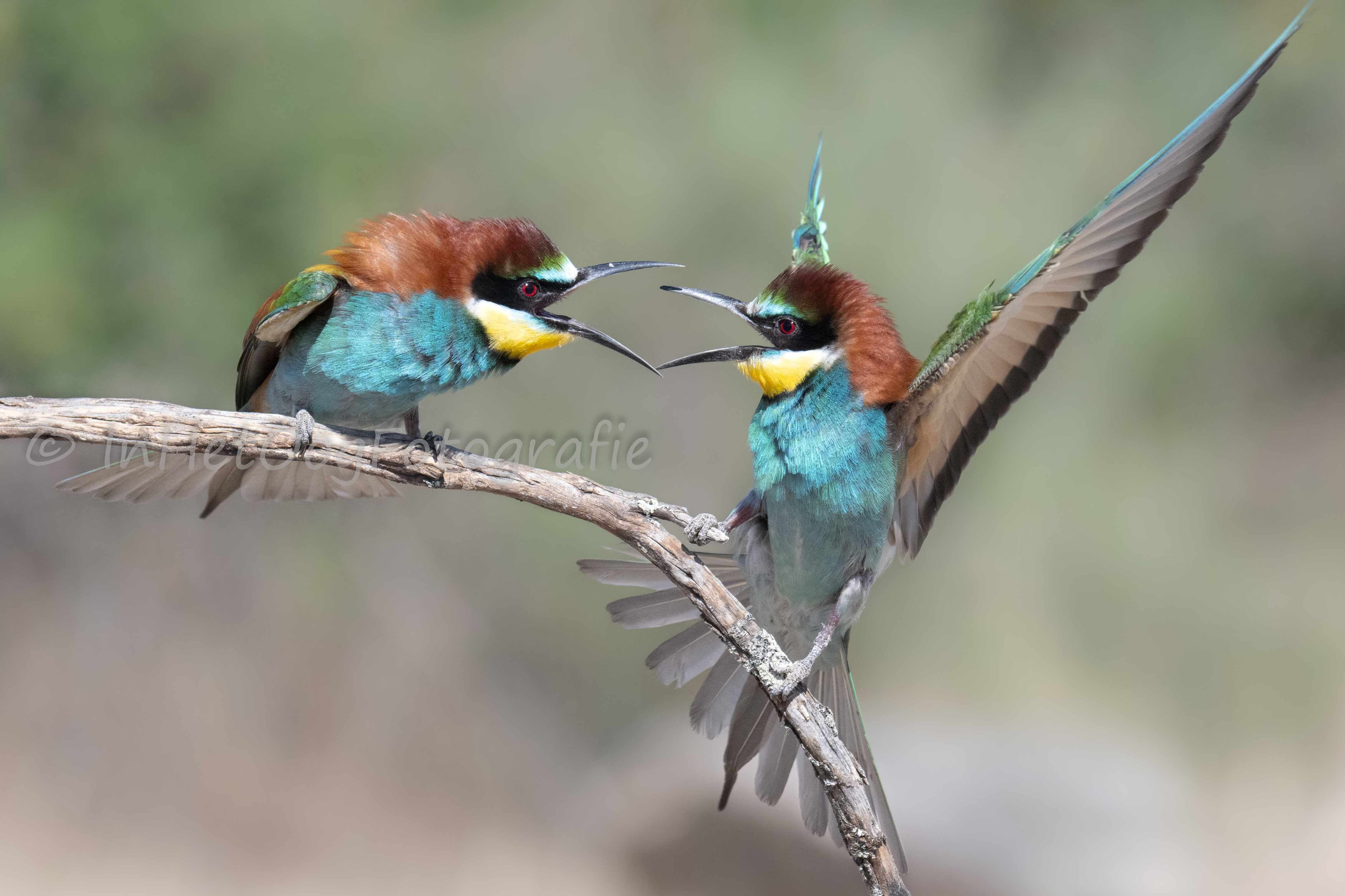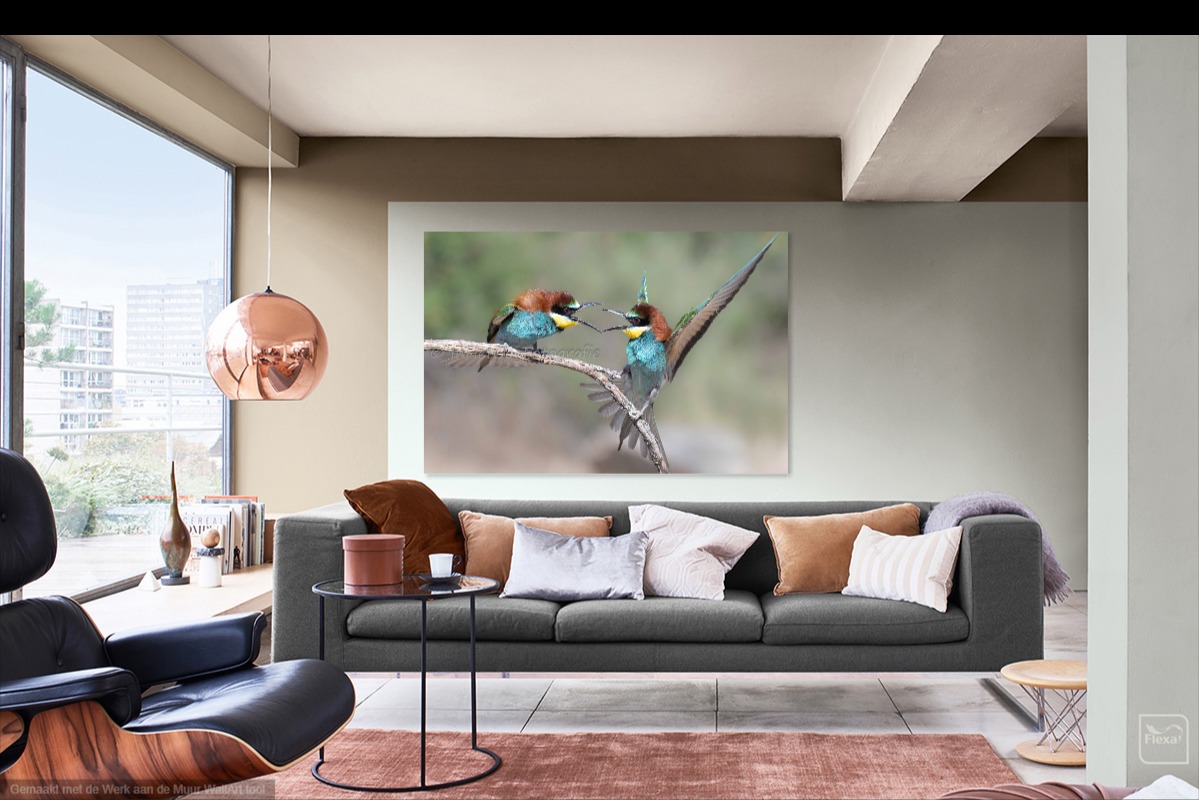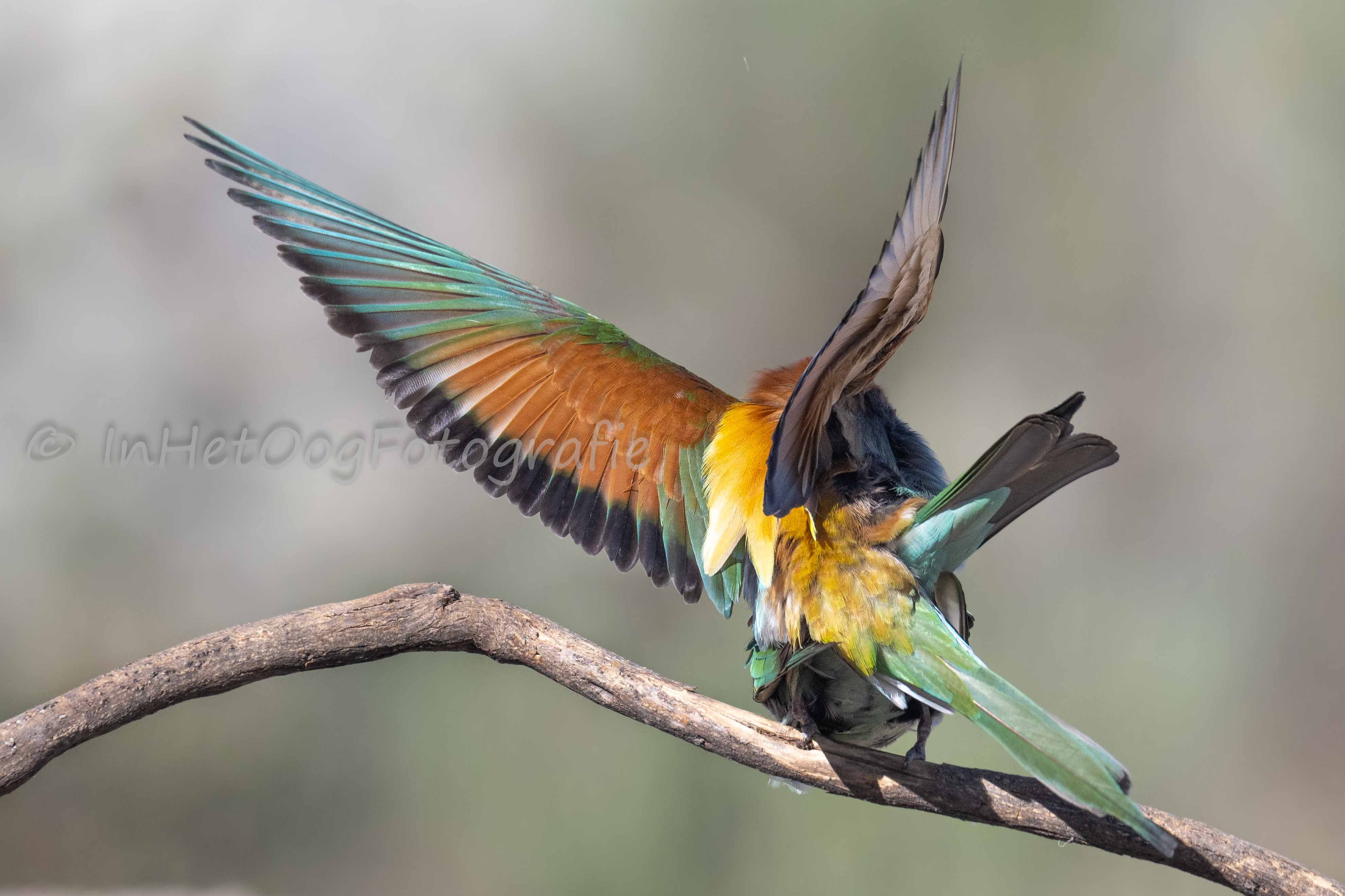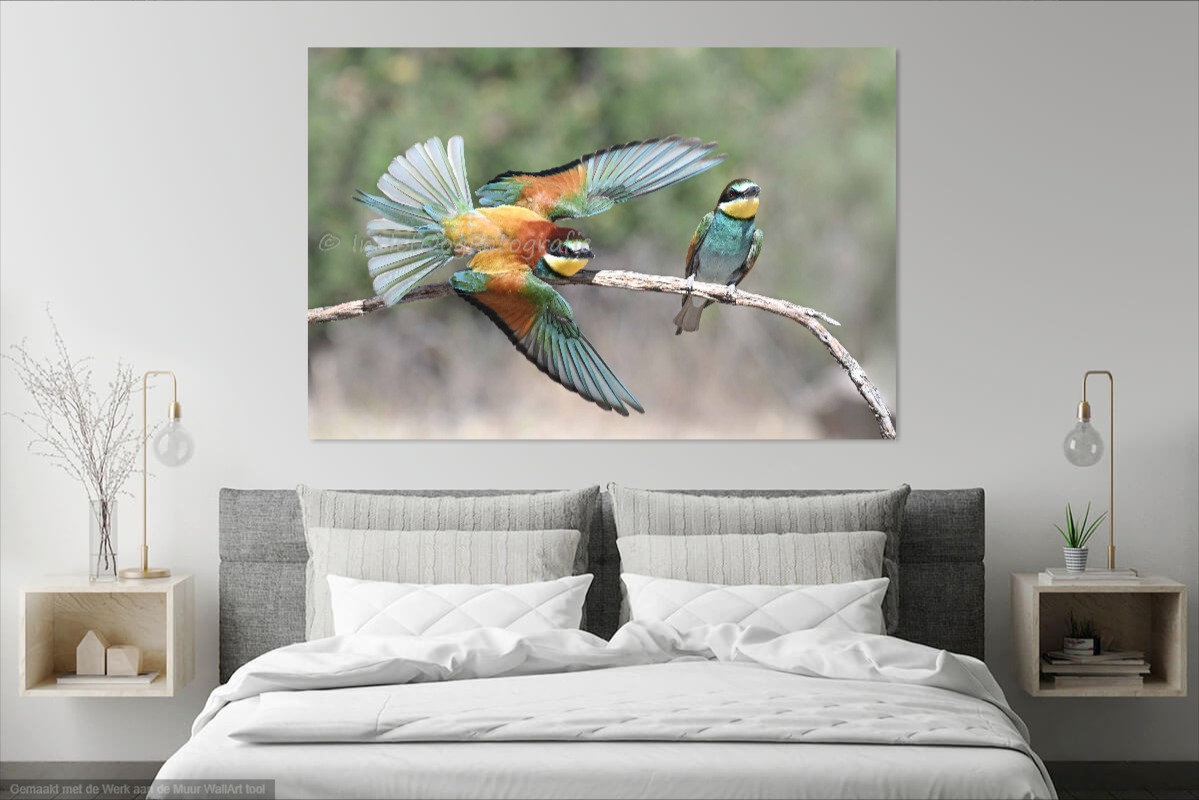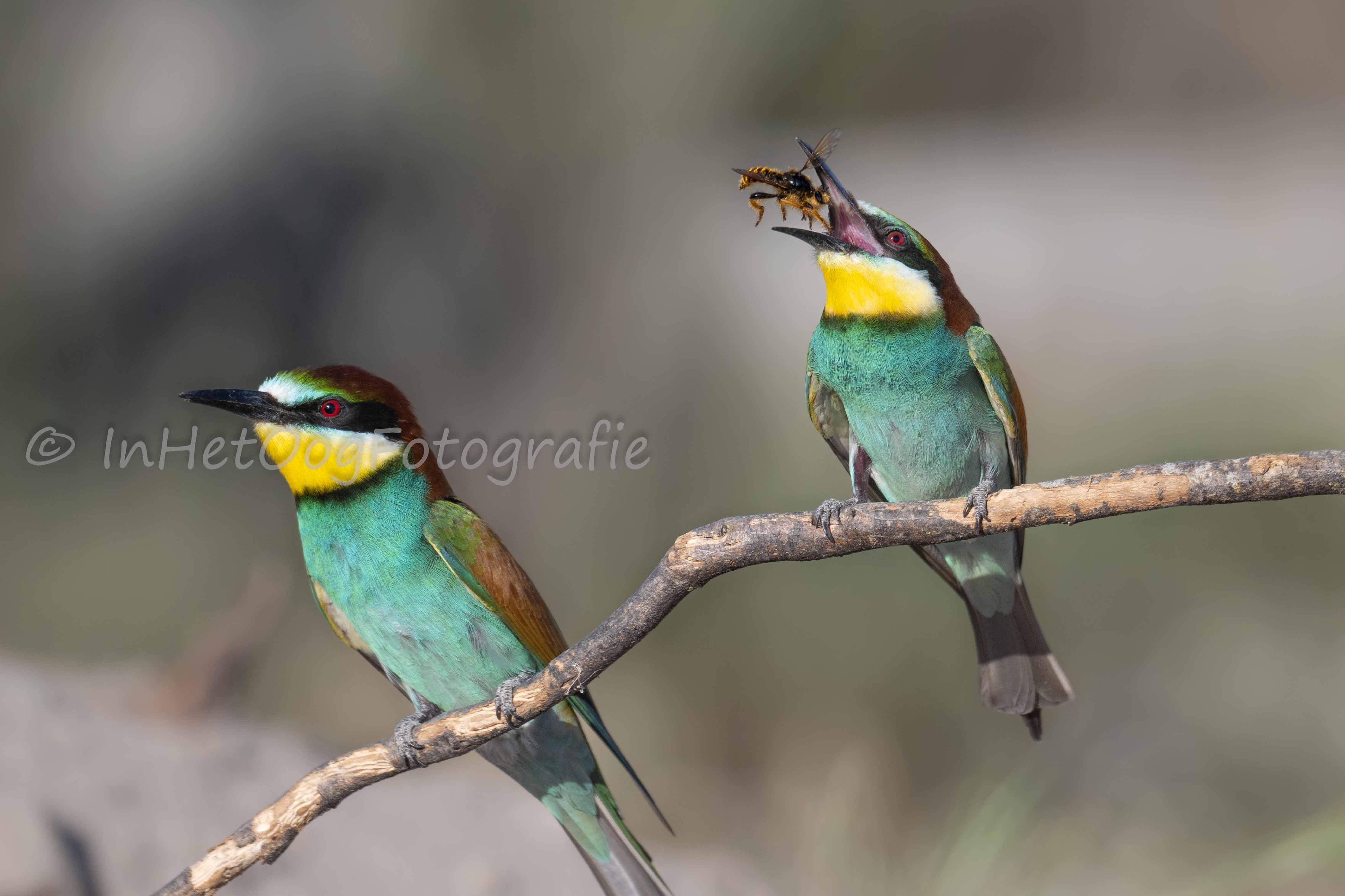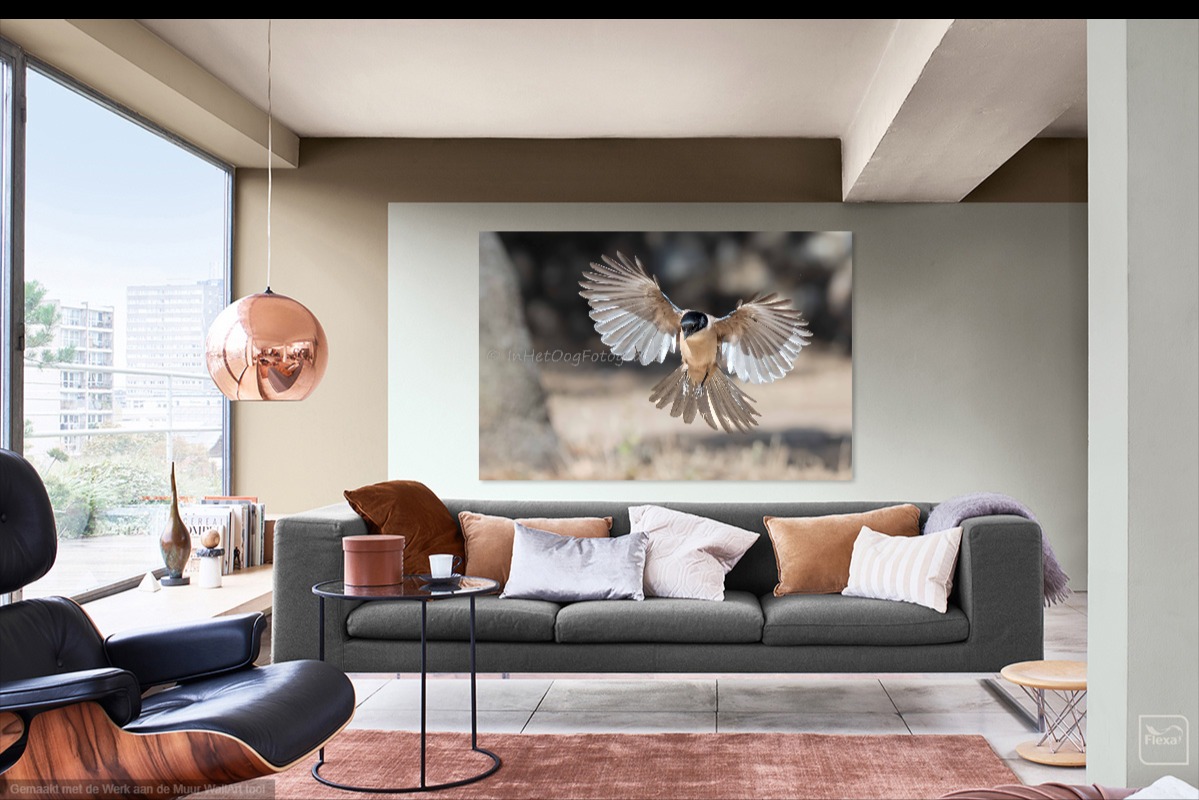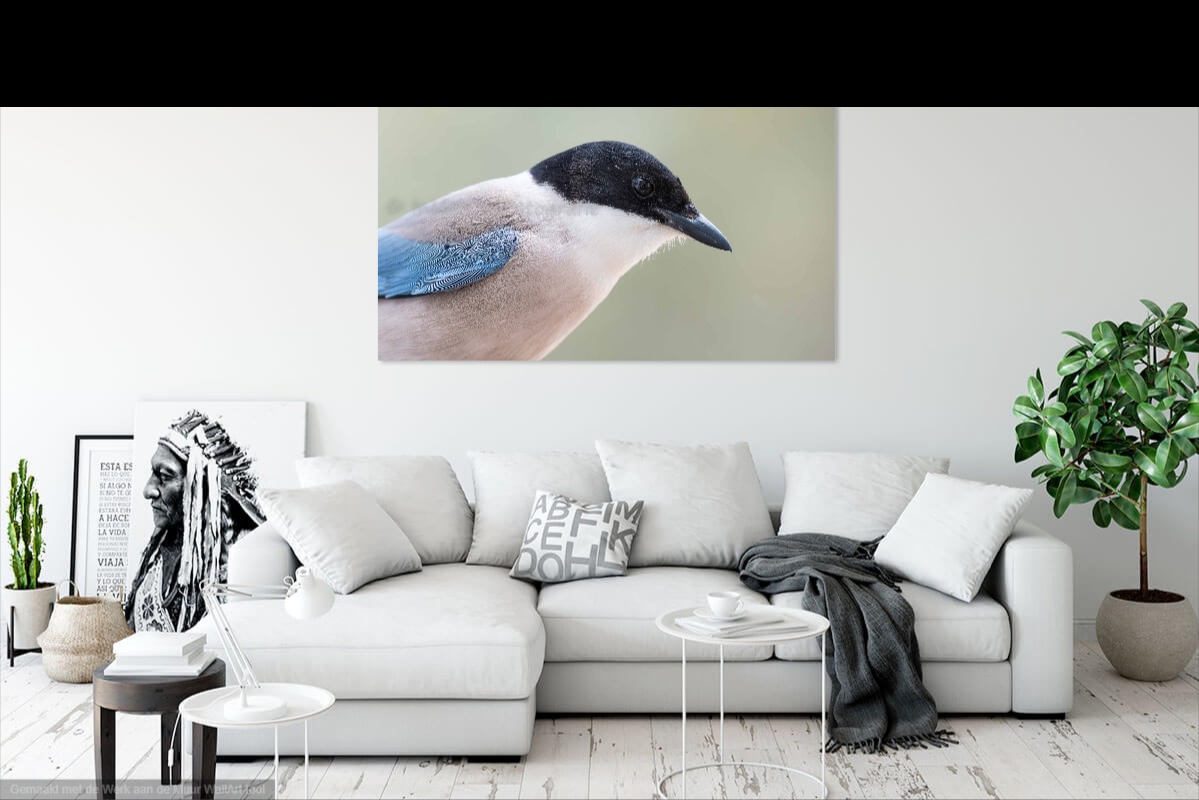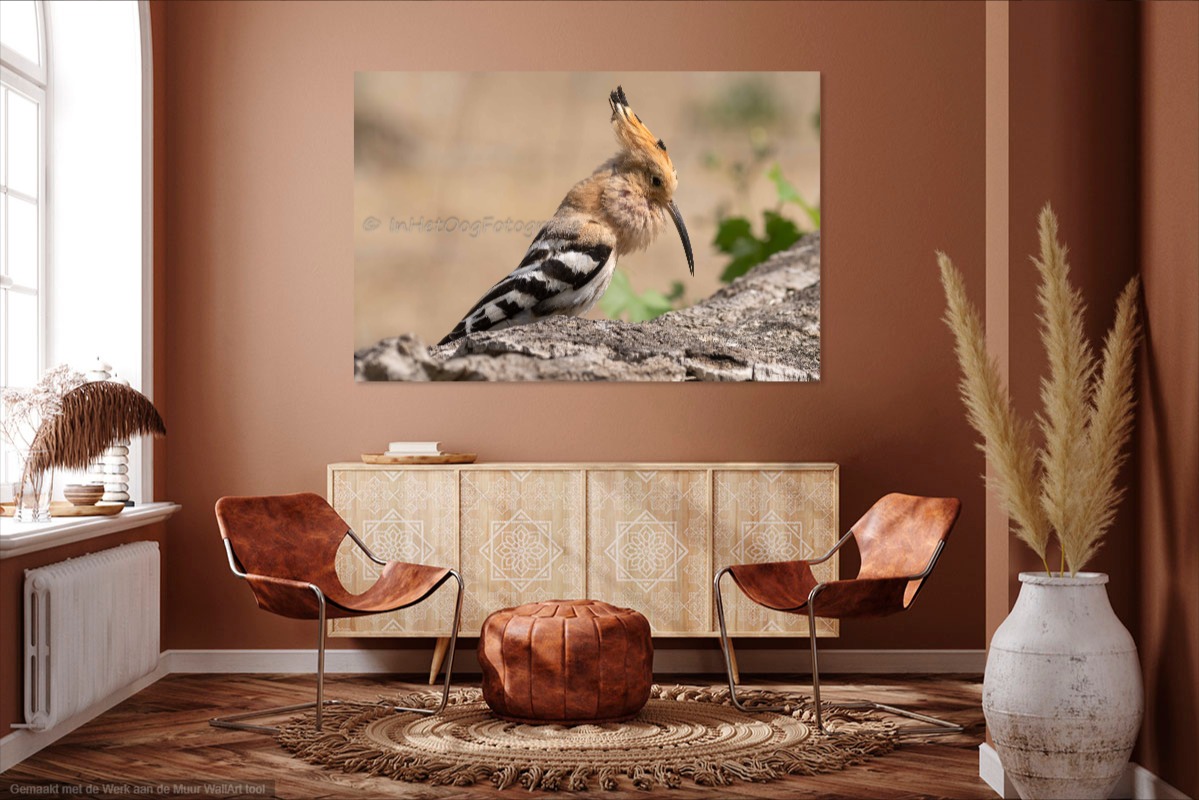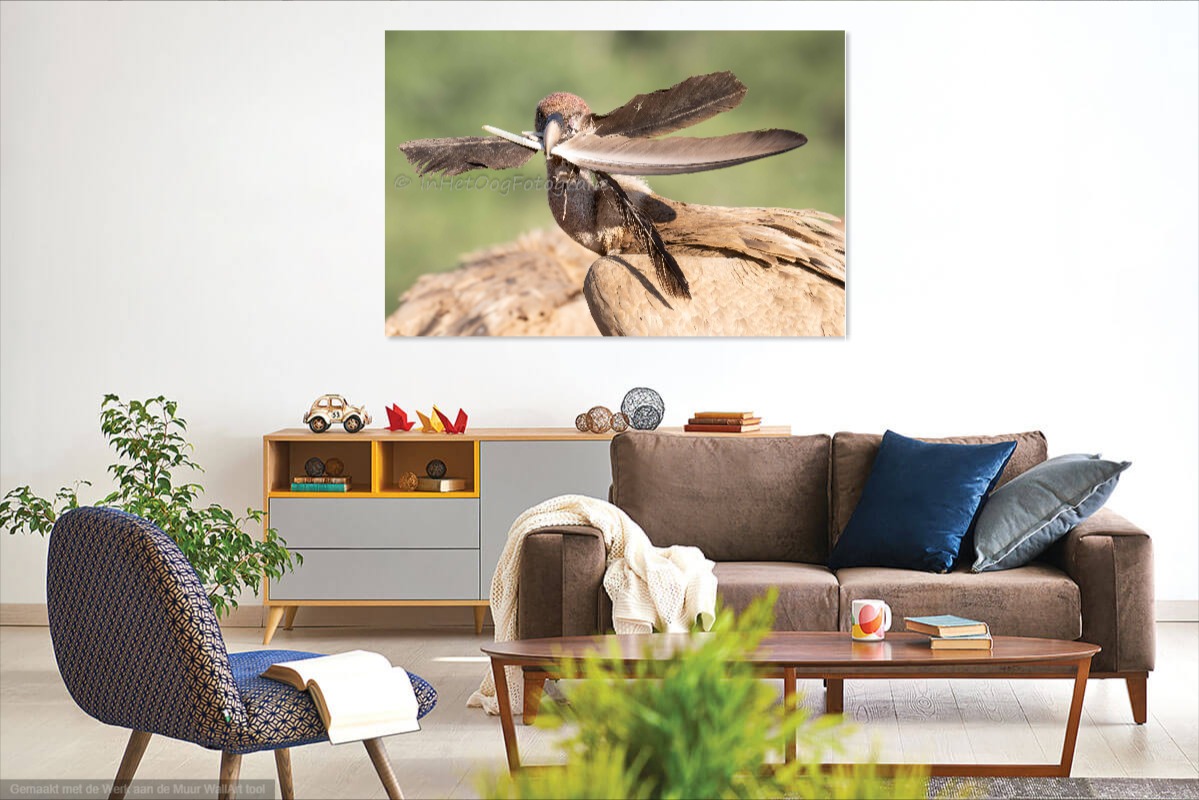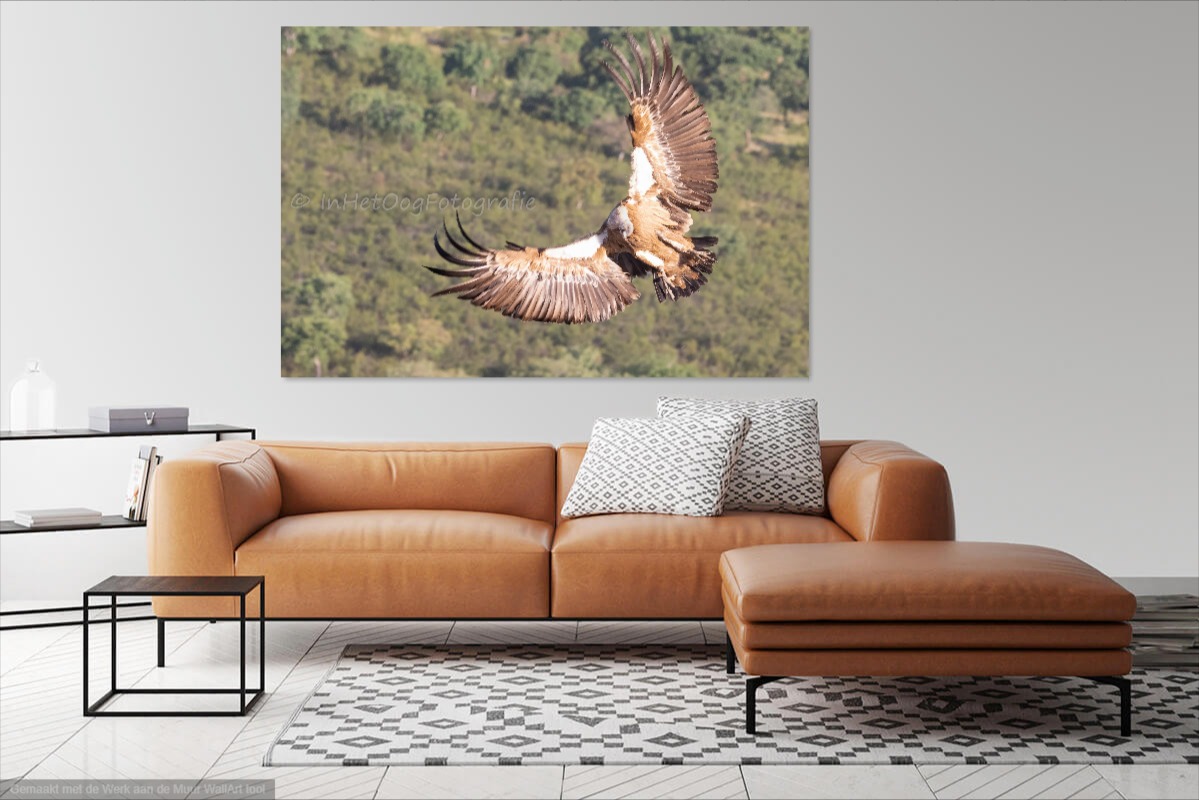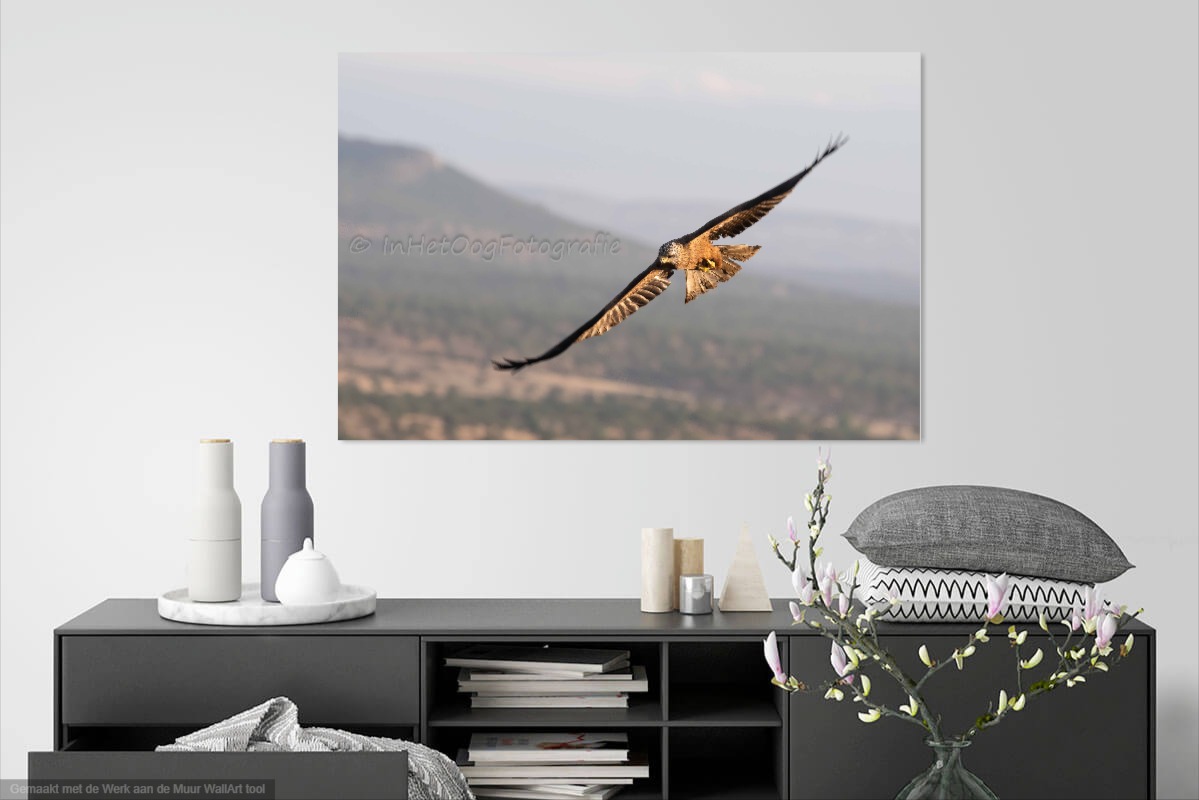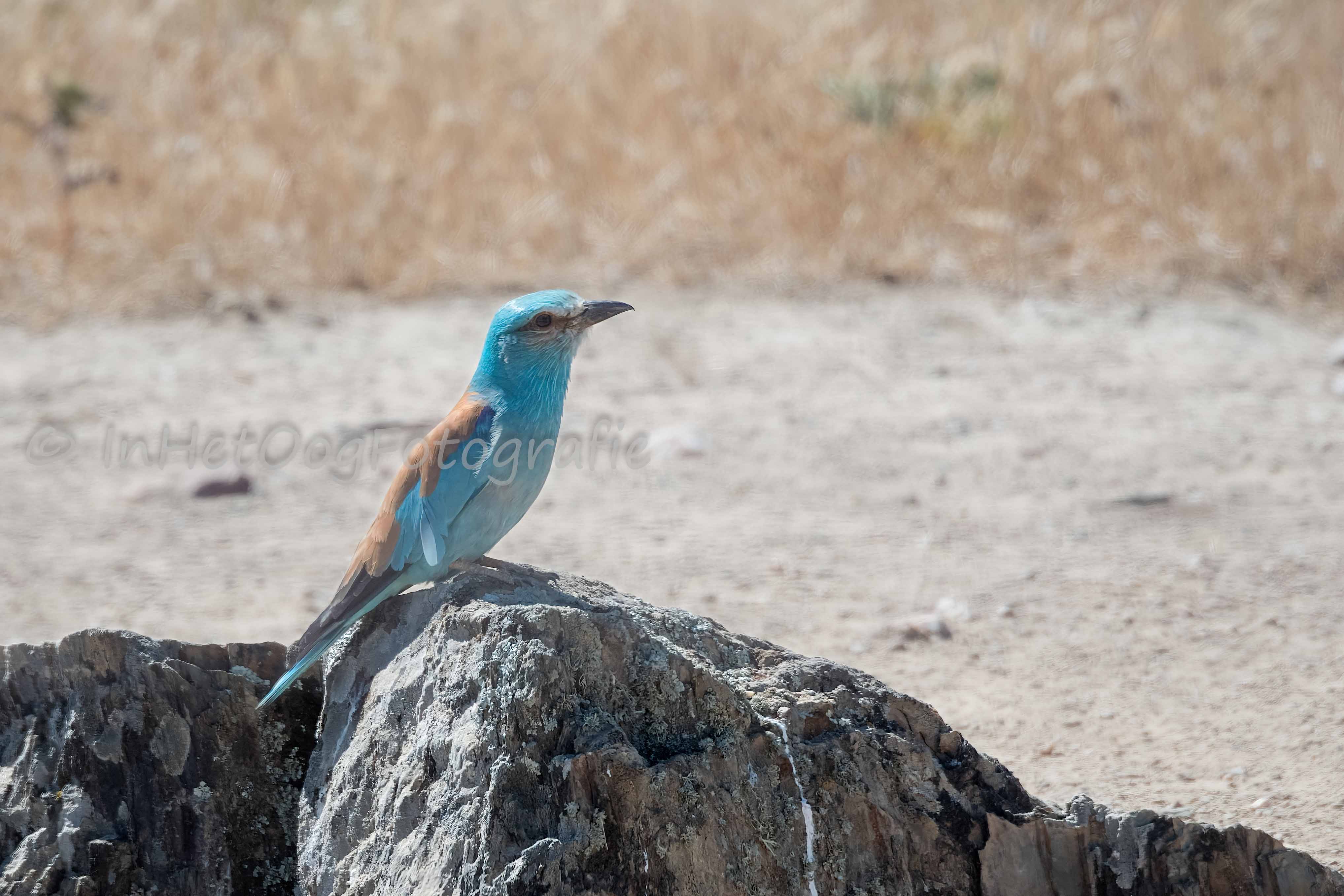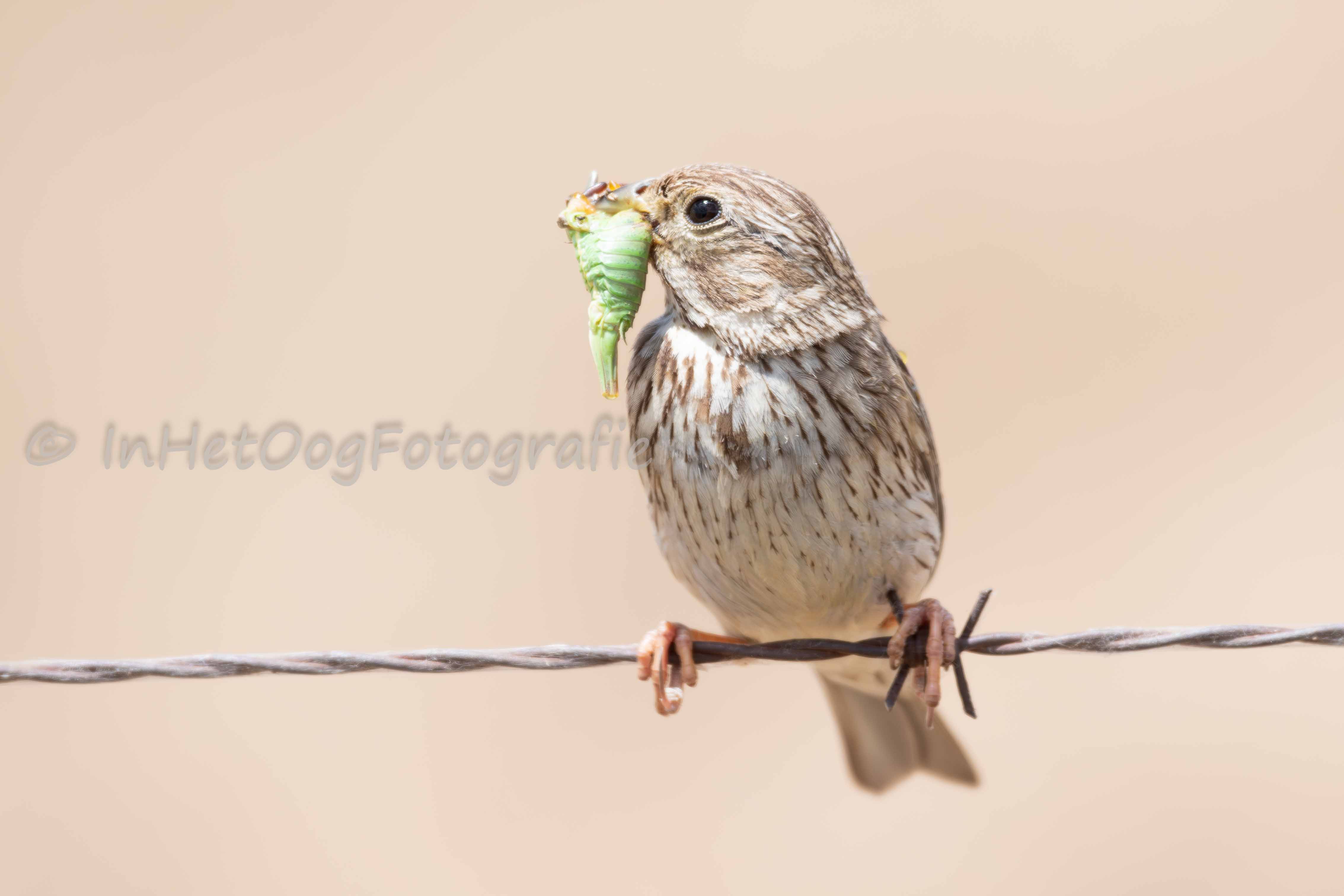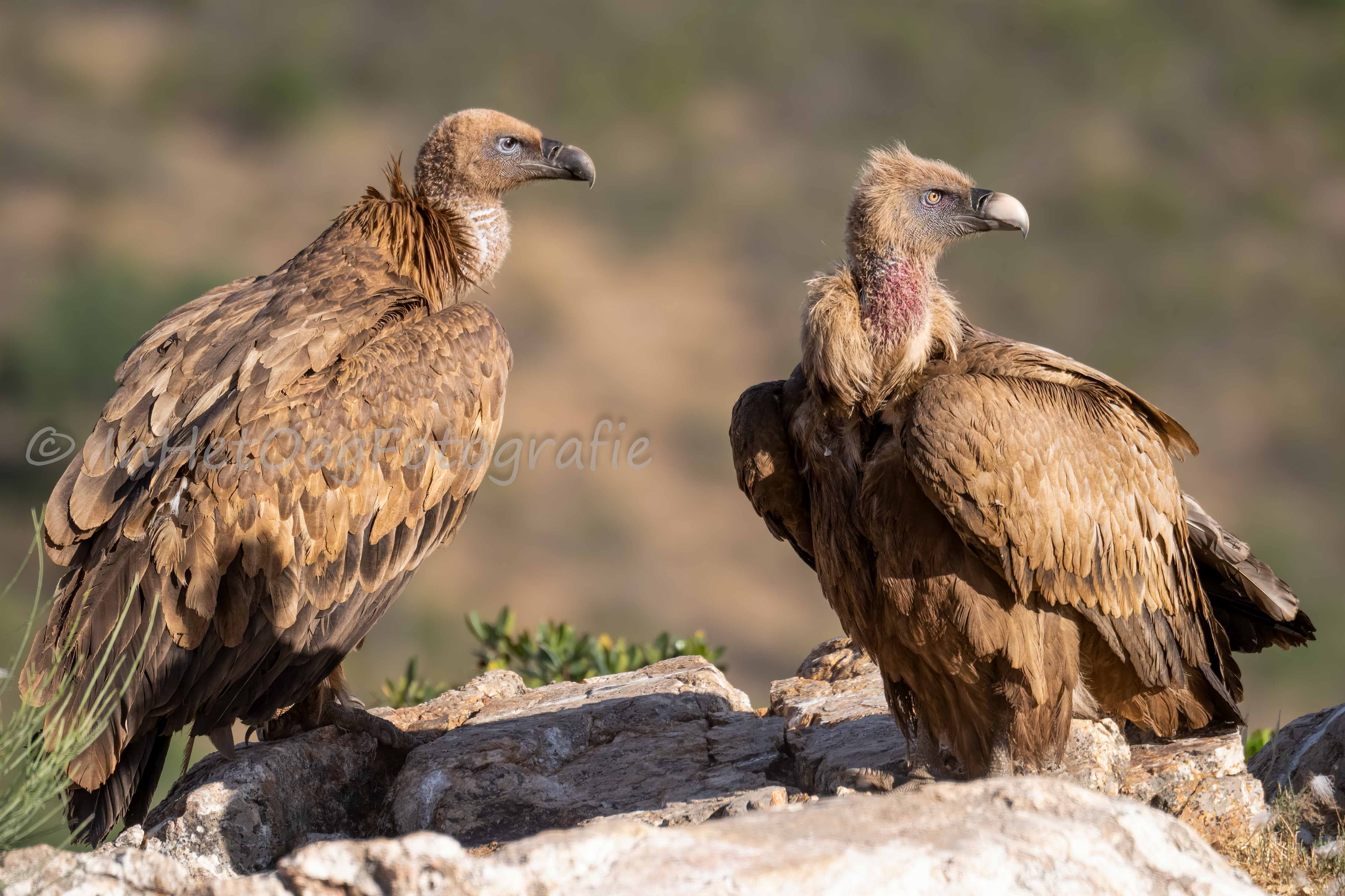
an eye for details
To order images Contact us
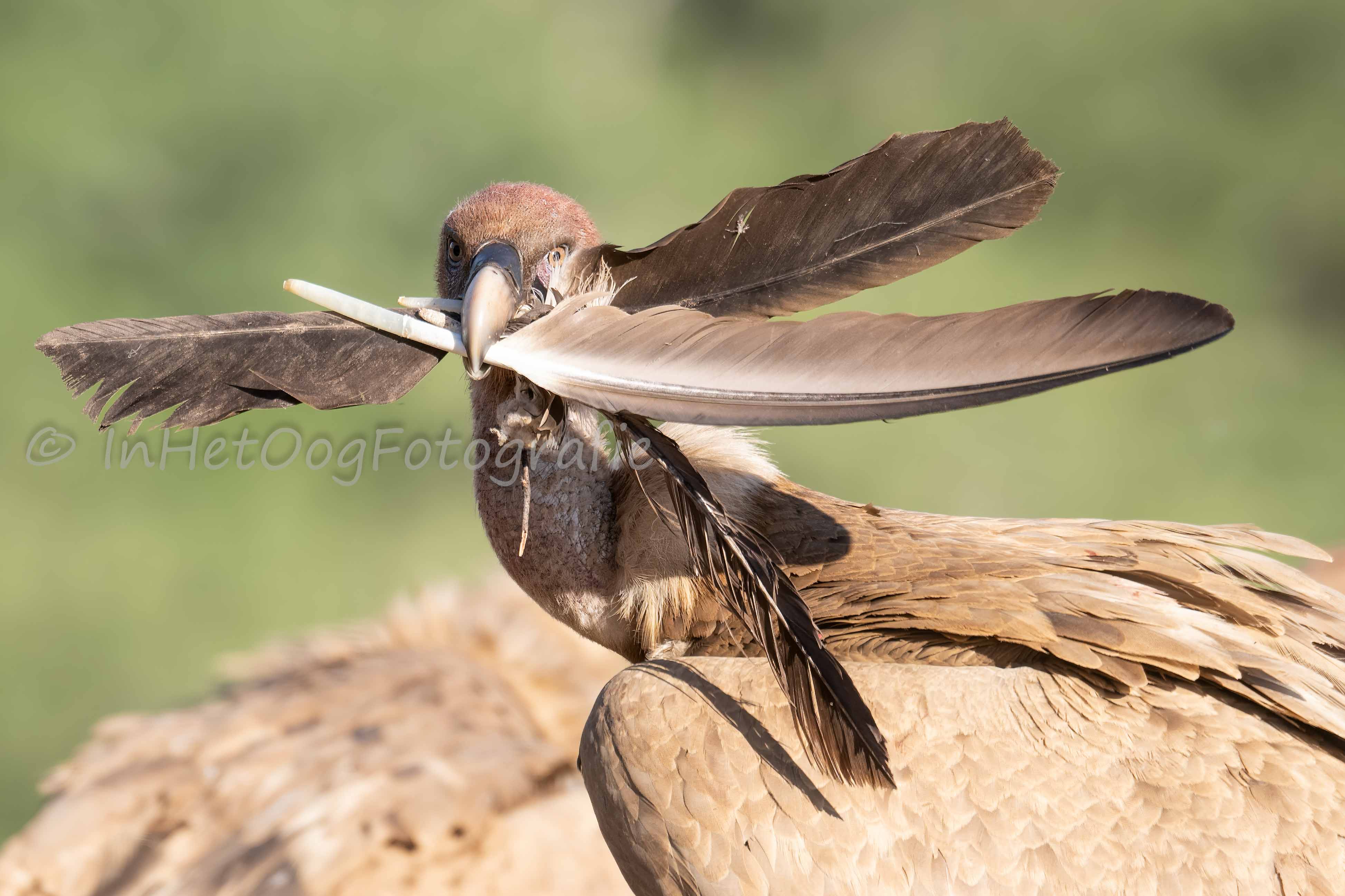
Extremadura is an interesting area for bird lovers and certainly for bird photographers. In May 2023 I spent a week in Extremadura with the main aim to photograph birds. I booked a flight to Madrid and rented a car there. Caceres is approximately three hours riding from Madrid. In Caceres I had booked a small apartment, for little money, with few amenities at the campsite of Caceres. At the campsite you can eat well for little money and the staff is friendly . From the city of Caceres, most of the interesting places can be reached within an hour drive.
Extremadura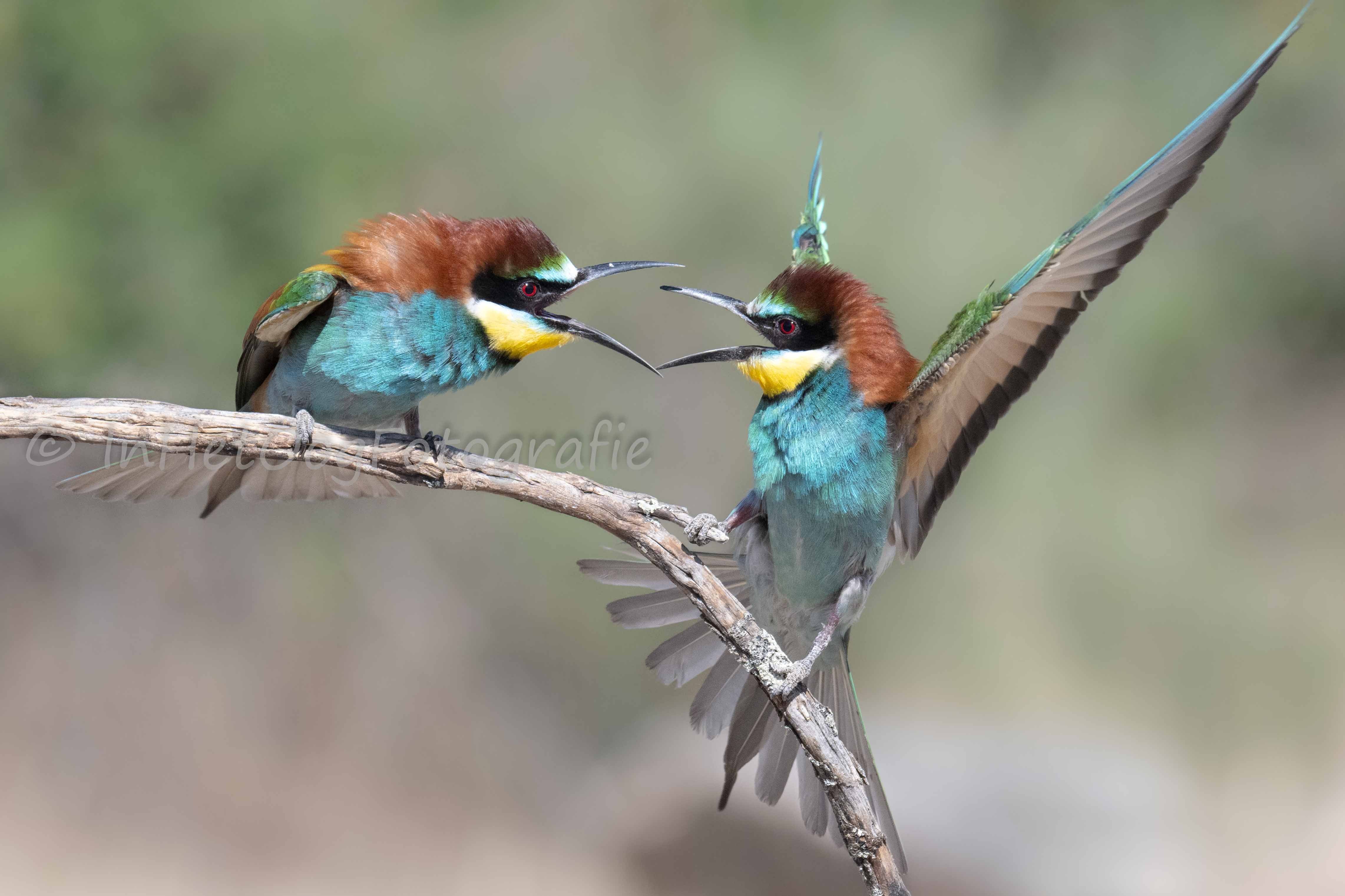
I had reserved a hide with naturephototoursspain Reserving the hide went very smoothly , but you have to stay alert to avoid disappointments. The photo hide was located in Arroyo de la Luz, a 30 minutes drive from Caceres. I was able to get in the hide at about 5 pm , at the moment when the sun was favorable to the shore where the bee-eaters were digging out their nests. The birds were still (early May) busy forming couples, so there was a lot of activity in the area around the nests. offering prey, conflicts between the birds, birds mating, etc. The hide offers little comfort, but I don't consider that a problem . Fortunately, you are not behind glass, so you have no loss of light and therefore you can use high shutter speeds at low ISO values for shooting birds in flight.
Webshop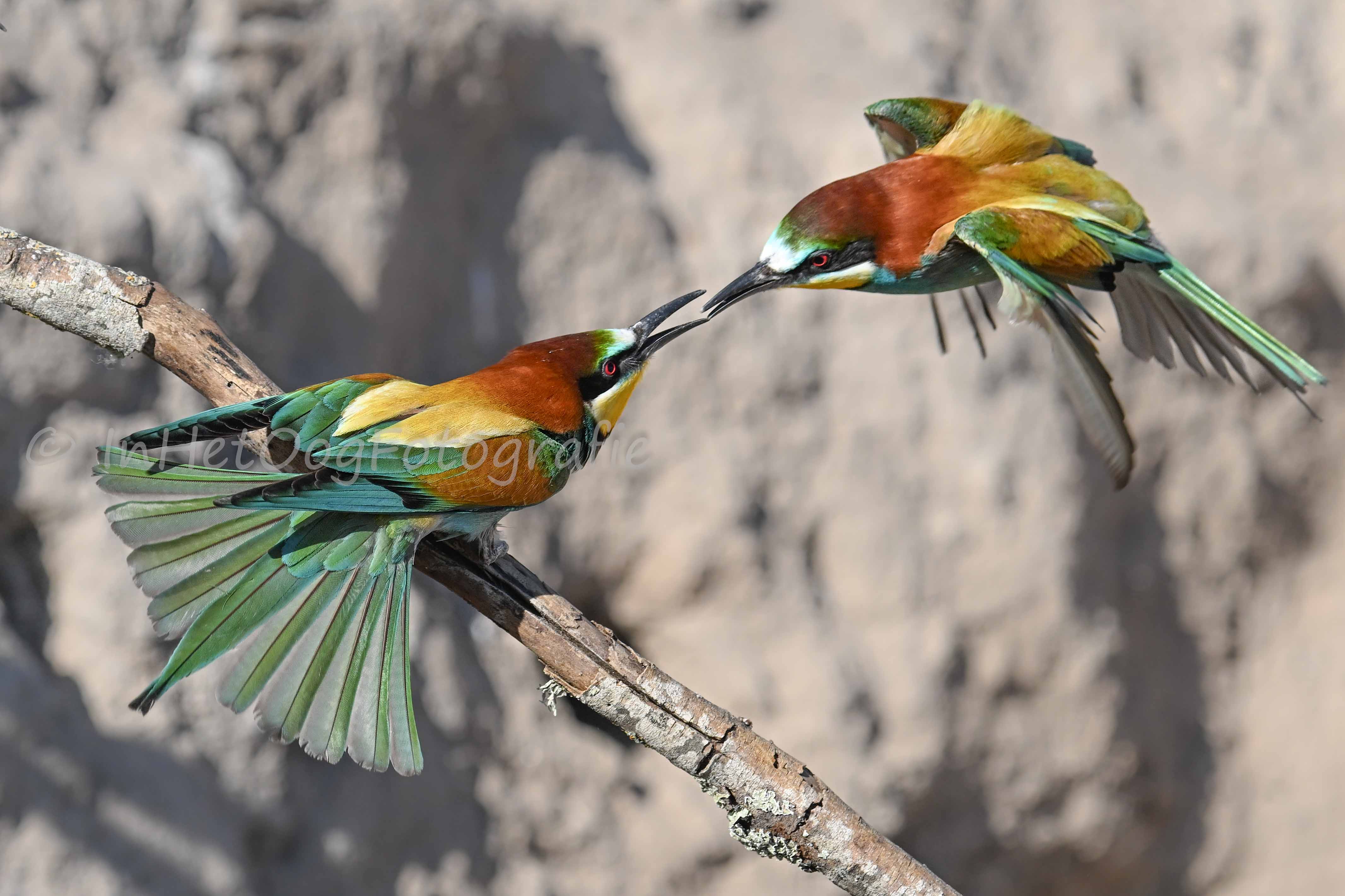
Because of the hectic situation around the colony, I first sat down to examine the situation after which I decided to focus on birds in flight in the beginning and move on to more static situations later in the afternoon. This because of the available light.
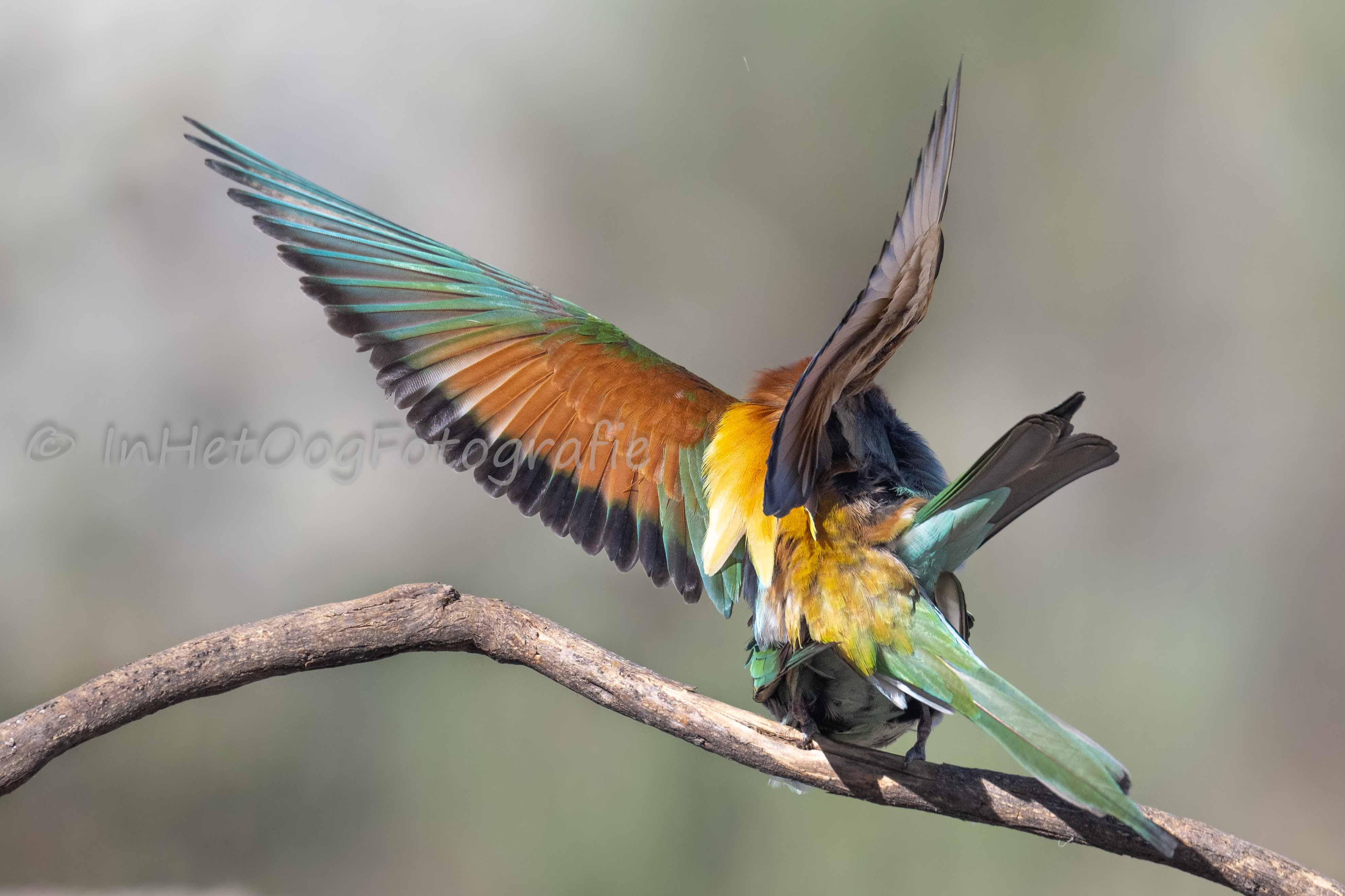
For the static shots I opted for shutter speeds around 1/250 sec with ISO around 200 . For the birds in flight I used the continuous high speed mode with 20fps and 60 fps that gives you the opportunity to capture action that is difficult to achieve in other modes . Unfortunately only in jpeg format.
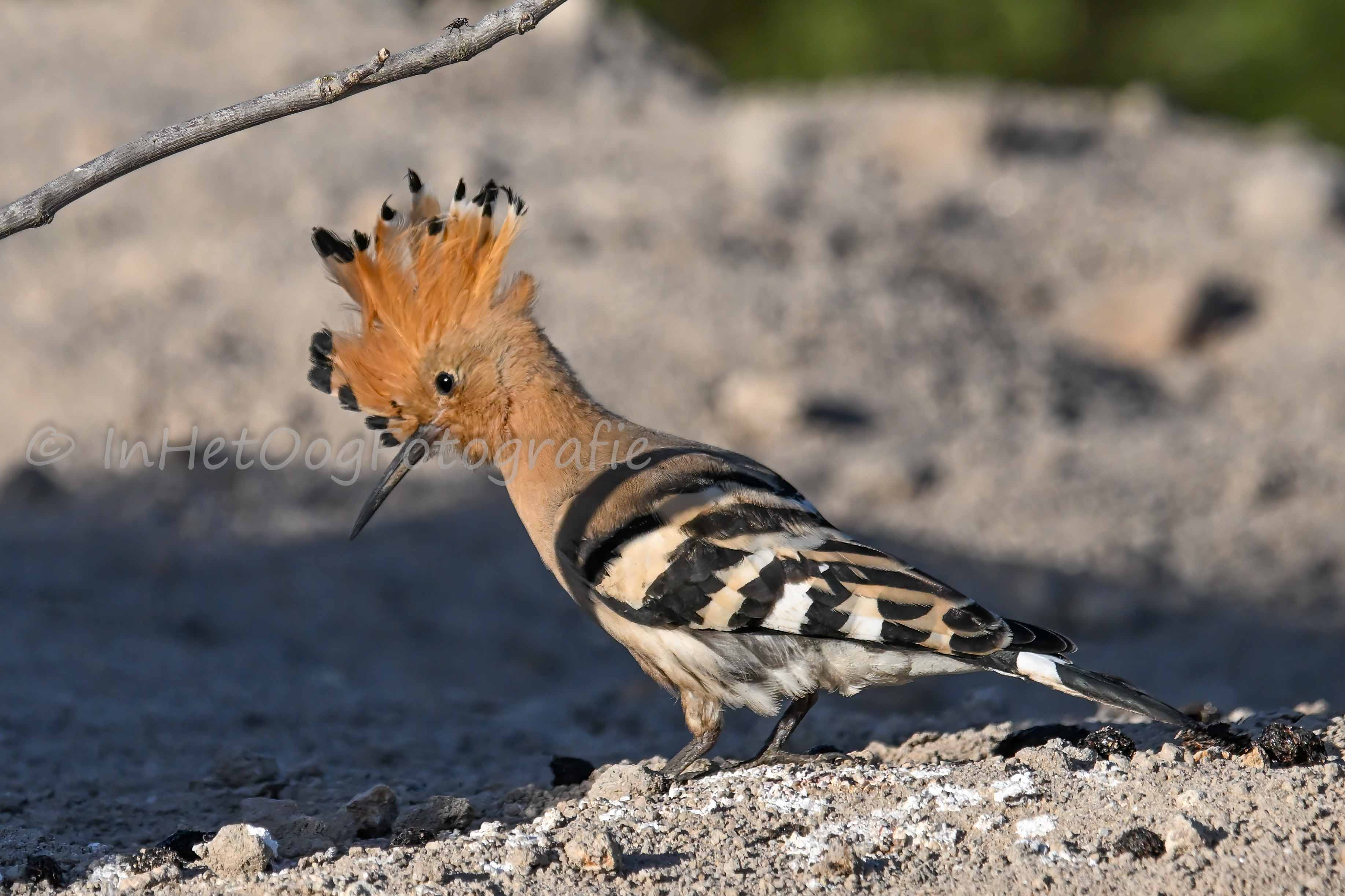
A hoopoe also appeared on the scene. I have not seen any other birds on this site.
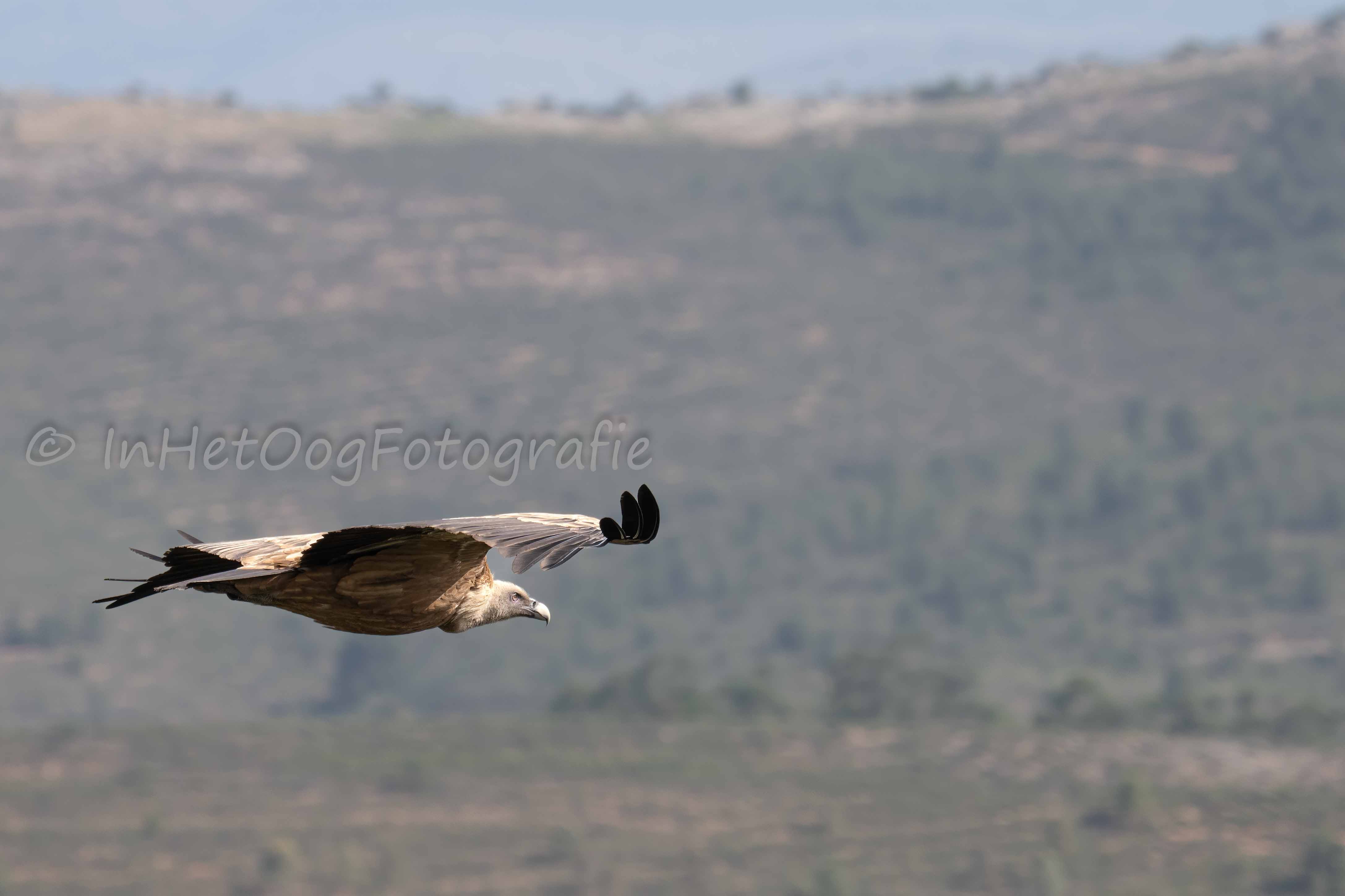
Monfragüe.
Monfrague Natural Park north of Caceres is home to species such as the Spanish Imperial Eagle, dwarf eagle, golden eagle, black vulture, griffon vulture, black kite, eagle owls and more. The Natural Park is located on the Tagus River that flows towards Portugal. The Peña Falcón rock in Monfragüe, which is also called Salto del Gitano is the location to photograph some of these species . The vultures spend the night in this area and leave in the morning when the environment is warmed up in search of prey. When taking off, they often fly past the ruins of the castle in Monfrague. The castle can be reached along a narrow road near the Pena Falcon. Beautiful shots can be taken here, because the vultures sometimes fly by at eye level. You can realize beautiful compositions with the vultures gliding past and the mountains in the background. I was unlucky that on the morning I was there it was very cold and there was a strong wind, so the vultures did not often fly past the ruins of the castle. In Monfragüe there are several viewpoints such as Mirador el Pliegue, Mirador Malavuelta and Mirador de la Higuerilla. Look out for the black stork and the eagle owl. Inquire with other visitors concerning the exact location where you can find the different species this season .
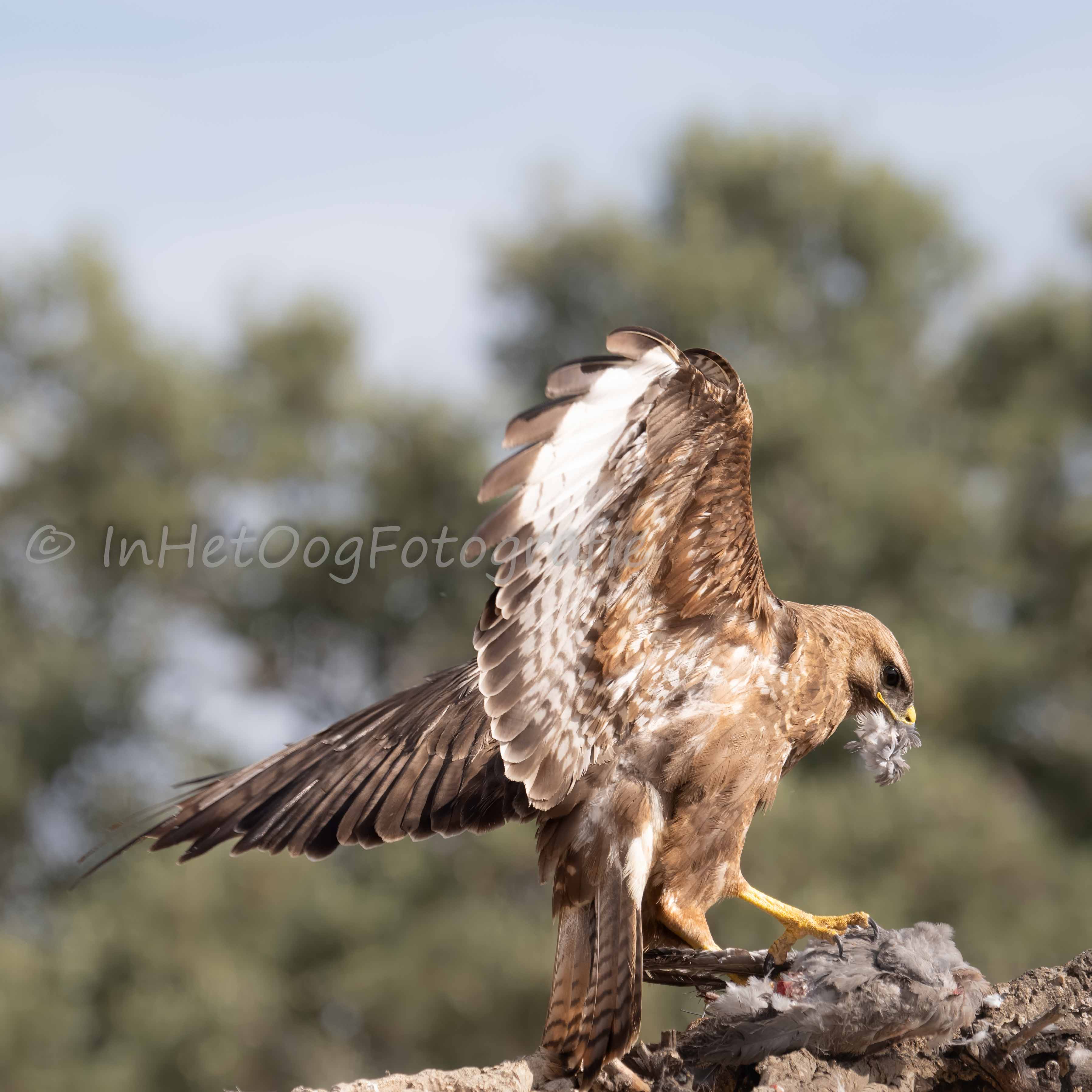
Torrejon el Rubio
I had booked a hide in Torrejon el Rubio with La Cañada de Monfragüe as a replacement, for another reservation at a hoopoe's nest which turned out not to be occupied at that moment . This hide is focussed on Smaller birds. In this hide you are positioned behind a mirrored window, so the birds cannot see you at all. You however, must take into account considerable light loss, which means that high shutter speeds are at the expense of high ISO values, which I do not prefer. Which I also find a disadvantage of this photo hide is that the window pane you shoot through is vertical instead of at a slight angle. The result is that the birds always see themselves in the window and that is a reason for some species to go on the offensive because they think they see a competitor in the window. There is a pond in front of the hide that is further decorated with branches and stumps The birds I have seen here are the azure-winged magpie, buzzard, hoopoe blue tit and wood chat shrike (Lanius senator). I didn't really find this hide an interesting location. The hoopoe that came to visit might have been the most interesting, but it mainly spent time fighting the apparent competitor that he thought he saw in the glass. The azure-winged magpies keep other birds at a distance, so there was not a lot of variation in bird species. What was also irritating is that despite intensive communication on my part, no one was available to grant me access to the hide. Only after several phone calls I succeeded in finding someone to grant me access to the hide , but by then the most beautiful light had already disappeared. Very irretating.
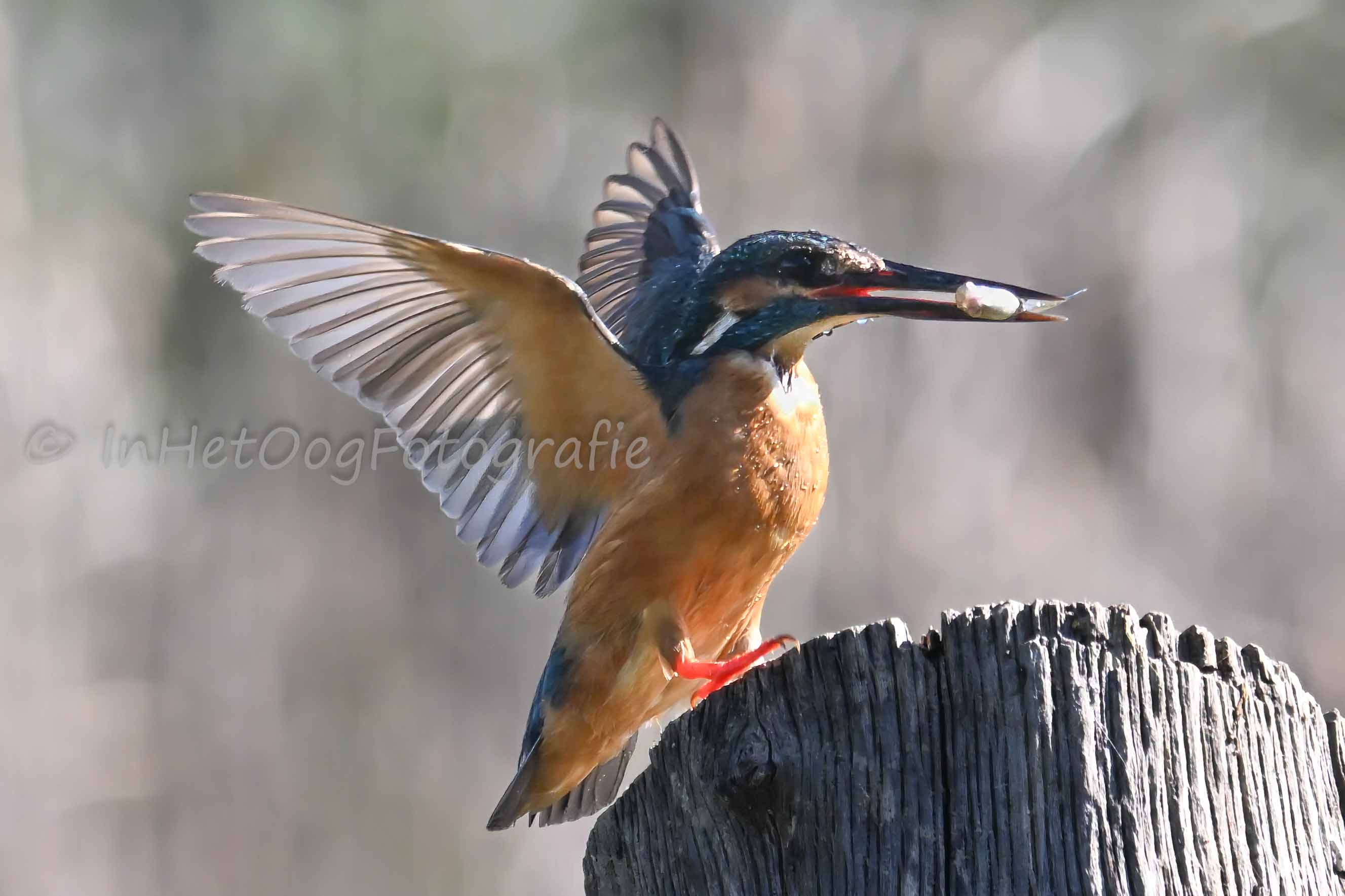
Dehesa de Casillas
With Hides el Millaron I had reserved two hides. A morning at a bird hide where the kingfisher regularly passes by. The location is on an hour and a half drive from Caceres and I had to be there at 08.00. Unfortunately I had to make some phone calls before the guide showed up to take me to the hide. Here you are again behind mirrored glass with all the associated disadvantages. Here I had a little more trouble along, because the young kingfishers did not understand the concept and regularly flew hard against the window and then lay drowsy. Not a pleasant situation and easy to remedy. The cabin is on the edge of a large pond. Branches and stumps have been placed where the kingfishers can sit on. Unfortunately, the water in front of the hut is covered with aquatic plants, which keeps the kingfisher from diving into the water in front of the hide. Fortunately, it often came in front of the hide to stun its prey by hitting it hard against the branch. The kingfisher's favorite spot was unfavorably situated in relation to the photo hide. In the morning hours, when the light is at its best and the bird is most active, you could only take images of the side of the bird that was turned away from the sun. The kingfishers came by regularly, but by noon they were seen much less frequently and they were often out of reach of my lens.
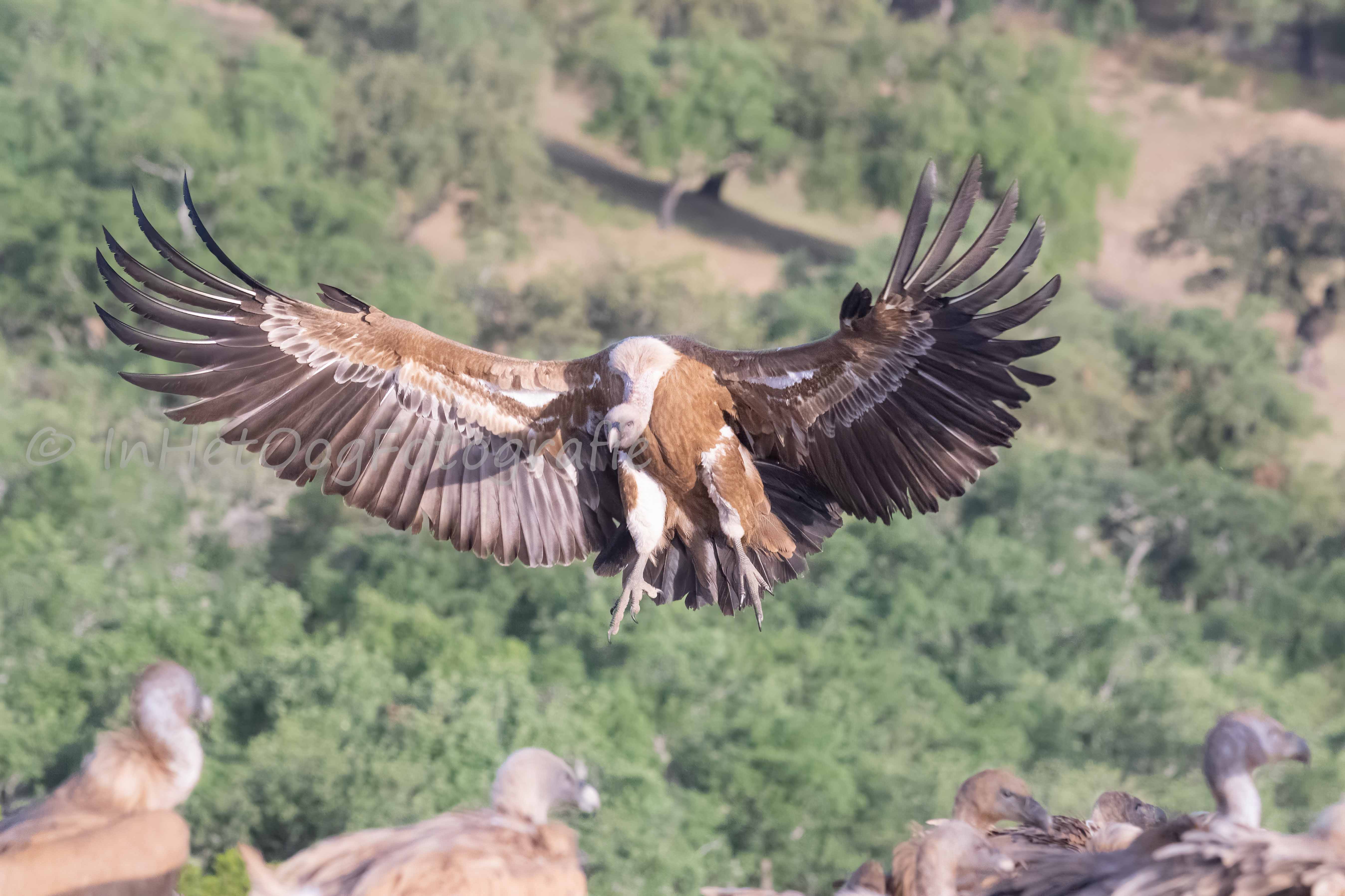
The next day I was at this location again, but now in a different hide, from where vultures could be photographed . The guide was waiting for me this time. After a steep climb with the jeep and trailer we came to the hide where the carcass of a sheep was unloaded, as bate for the vultures, and some meat was attached to a branch as prey for other birds of prey. This hide has mirror glass. It is always a question how long it will take before the vultures notice the carcass. It's possible of course that they have found a carcass elsewhere. In my case they arived after about half an hour . First some Black Kites (Milvus migrans) came by and pounced on the meat that was tied to a branch. Some ravens (Corvus corax) had also approached the carcass, but they can't do much with it until the vultures have ripped the carcass open. Suddenly the birds that were on the ground flew away in a hurry. When I searched the area for the cause, I saw that a fox had appeared on the scene. It started to feed on the prey, but became soon disturbed by the vultures. This resulted in many confrontations, which unfortunately were not easily captured, because of the glass . The activity requires a fast shutter speed and that results in such a high ISO value that I couldn't use most of the shots. After some time, the fox surrendered. The amongt of vultures became too much for him. Because the location is high on a hill you can get nice soft backgrounds when capturing flying and bulging vultures. All in all a nice location to capture vultures, both flying and sitting on the rocks. Besides the griffon vulture (Gyps fulvus) there were also a few Cinereous Vultures (Aegypius monachus) on the scene.

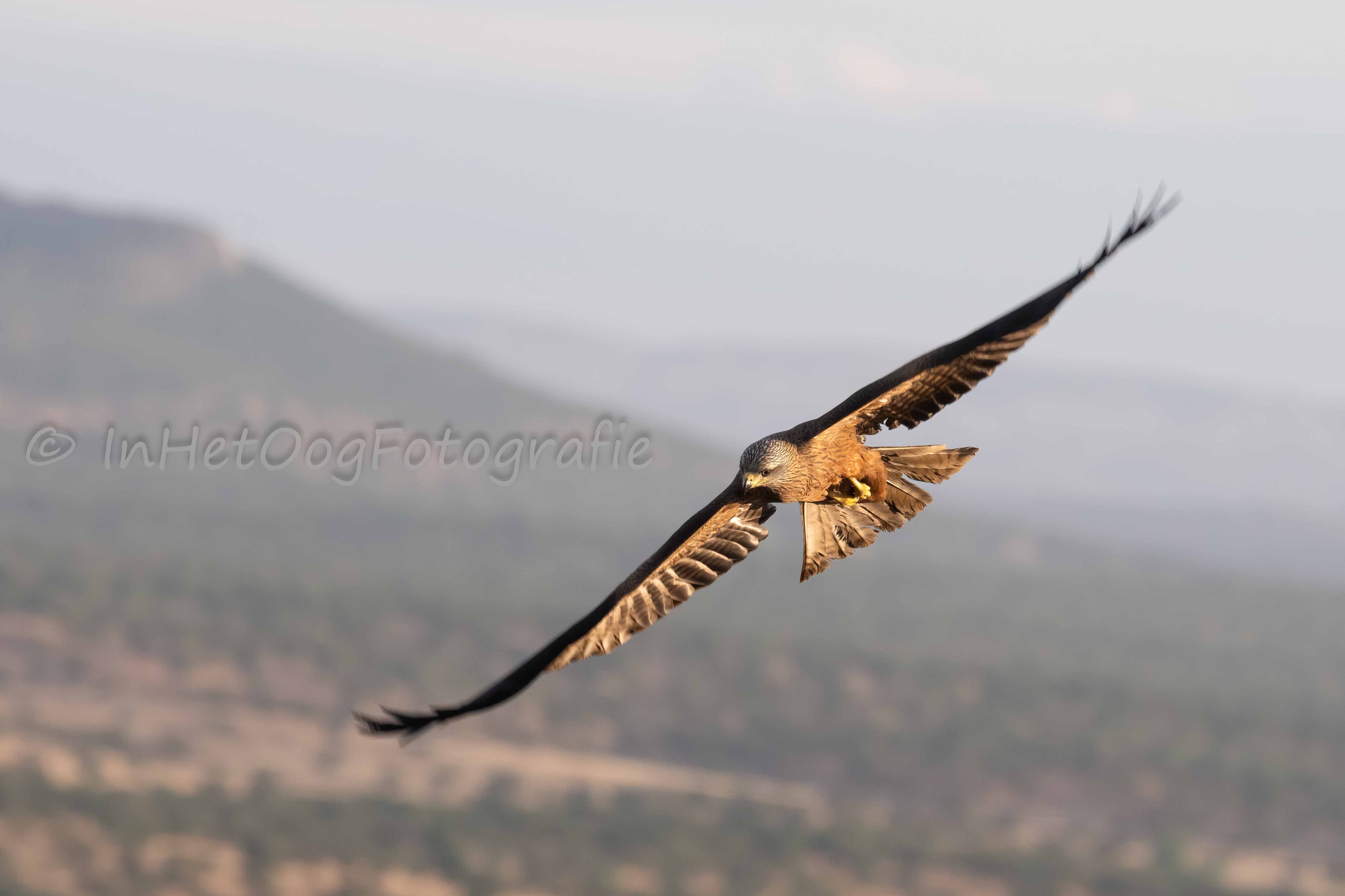
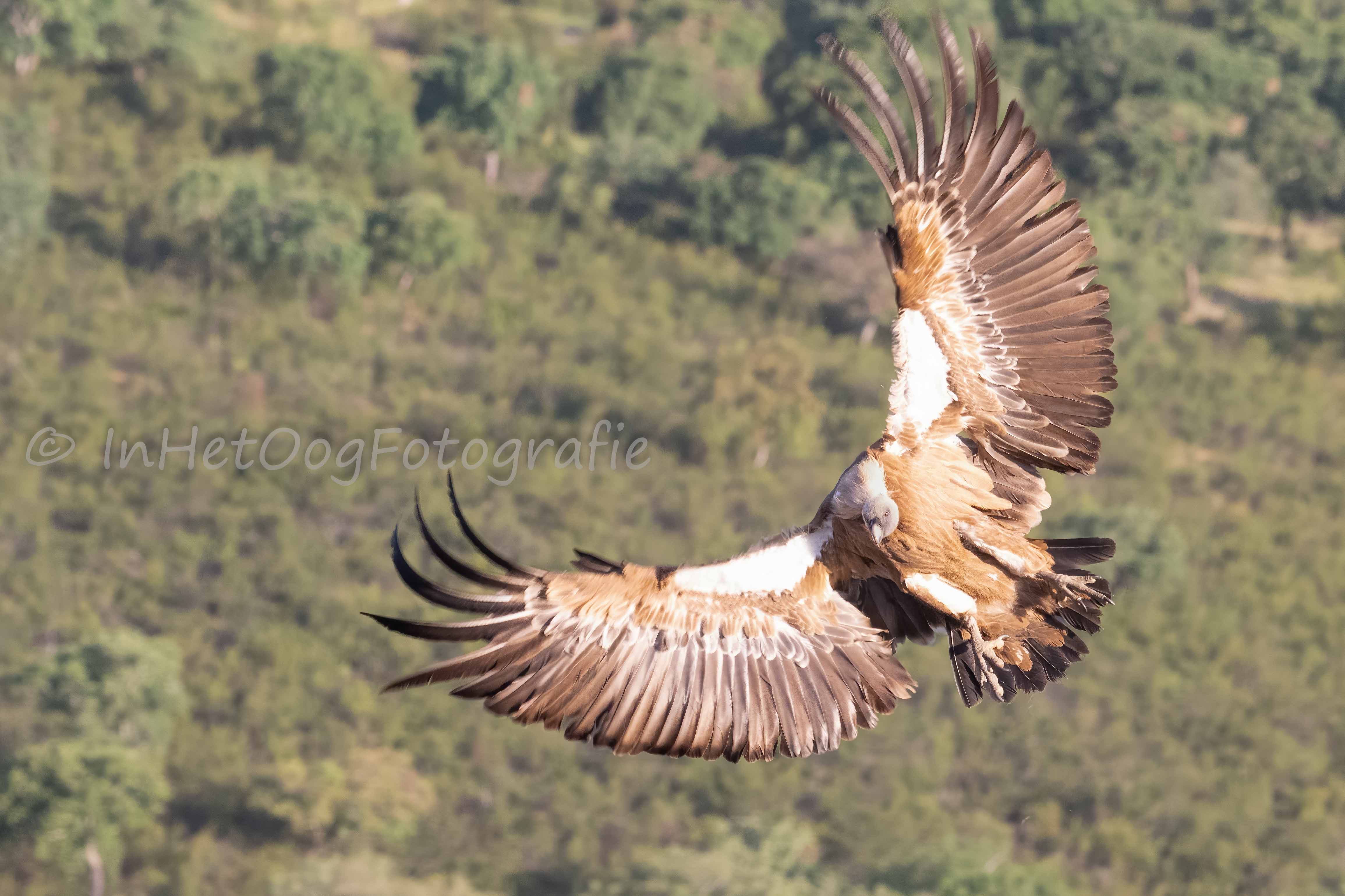
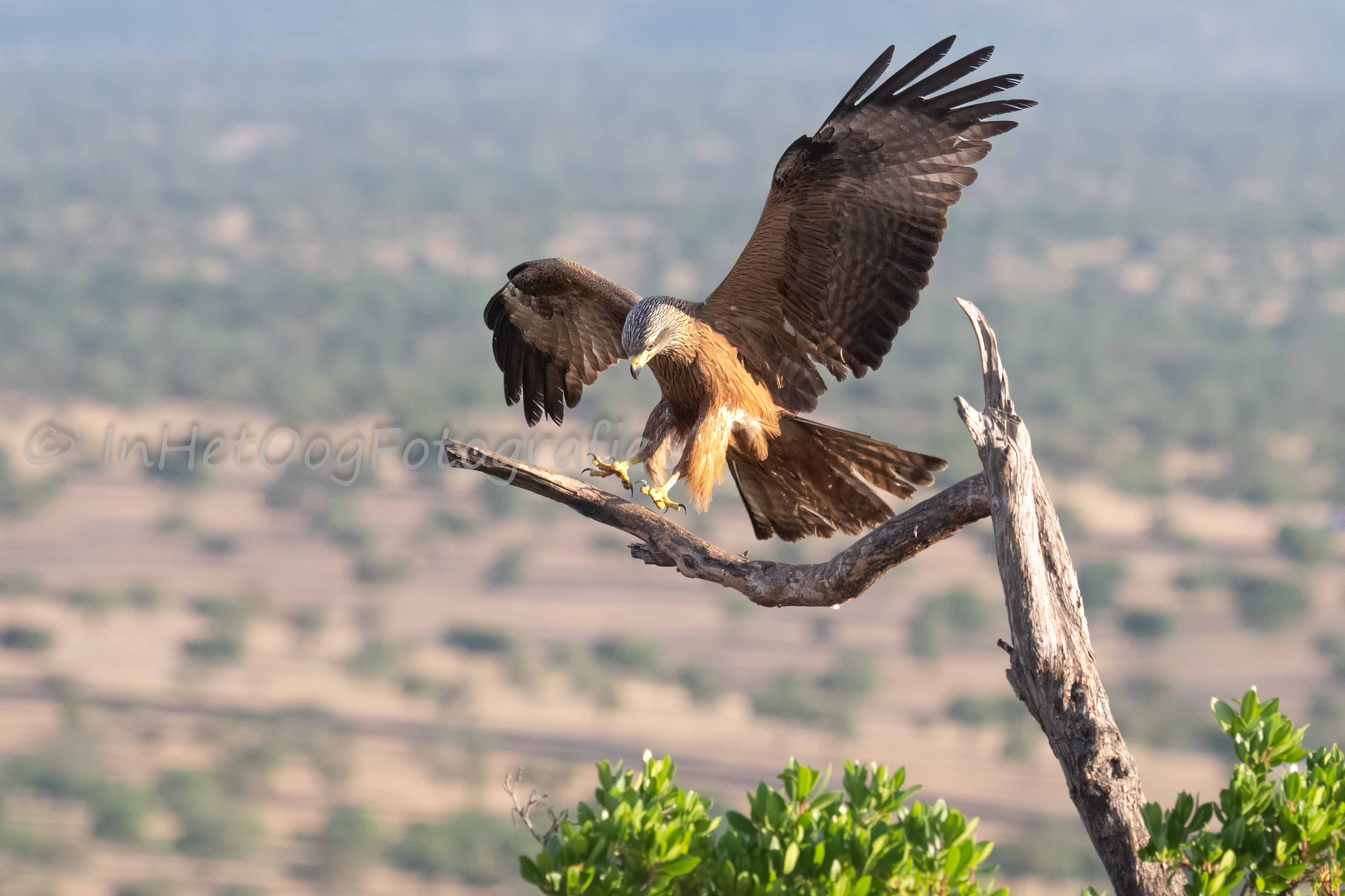
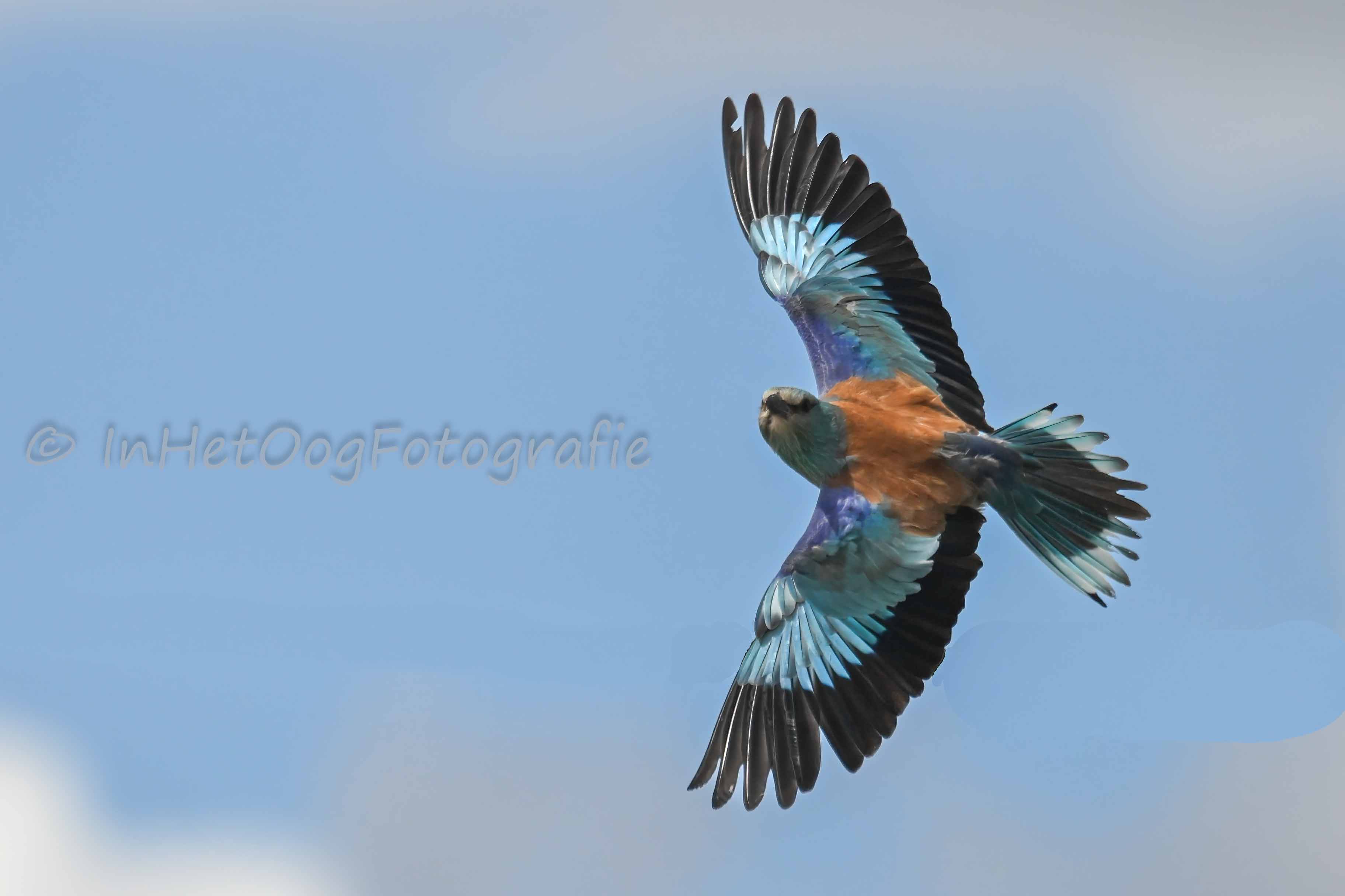
Santa Marta de Magasca
Between Trujillo and Caceres near Santa Marta de Magasca there are nest boxes hung on poles along which the power supply runs. Kestrels and European rollers (Coracias garrulus) breed in these nest boxes and jackdaws. The road has no places you can stop without obstructing the rest of the traffic. Going on foot is not an option. It's a matter of Observing the surroundings carefully and stop if traffic permits. The kestrels are very shy and fly away when you slow the car near their nest box. The rollers allow a bit more, so you get better oppertunities to photograph them. Unfortunately I was always here at less favorable times of the day, making the light too harsh for nice shots. In this area the great bustard and little bustard can be seen. However, I have not been able to discover them. It was probably too late in the season.
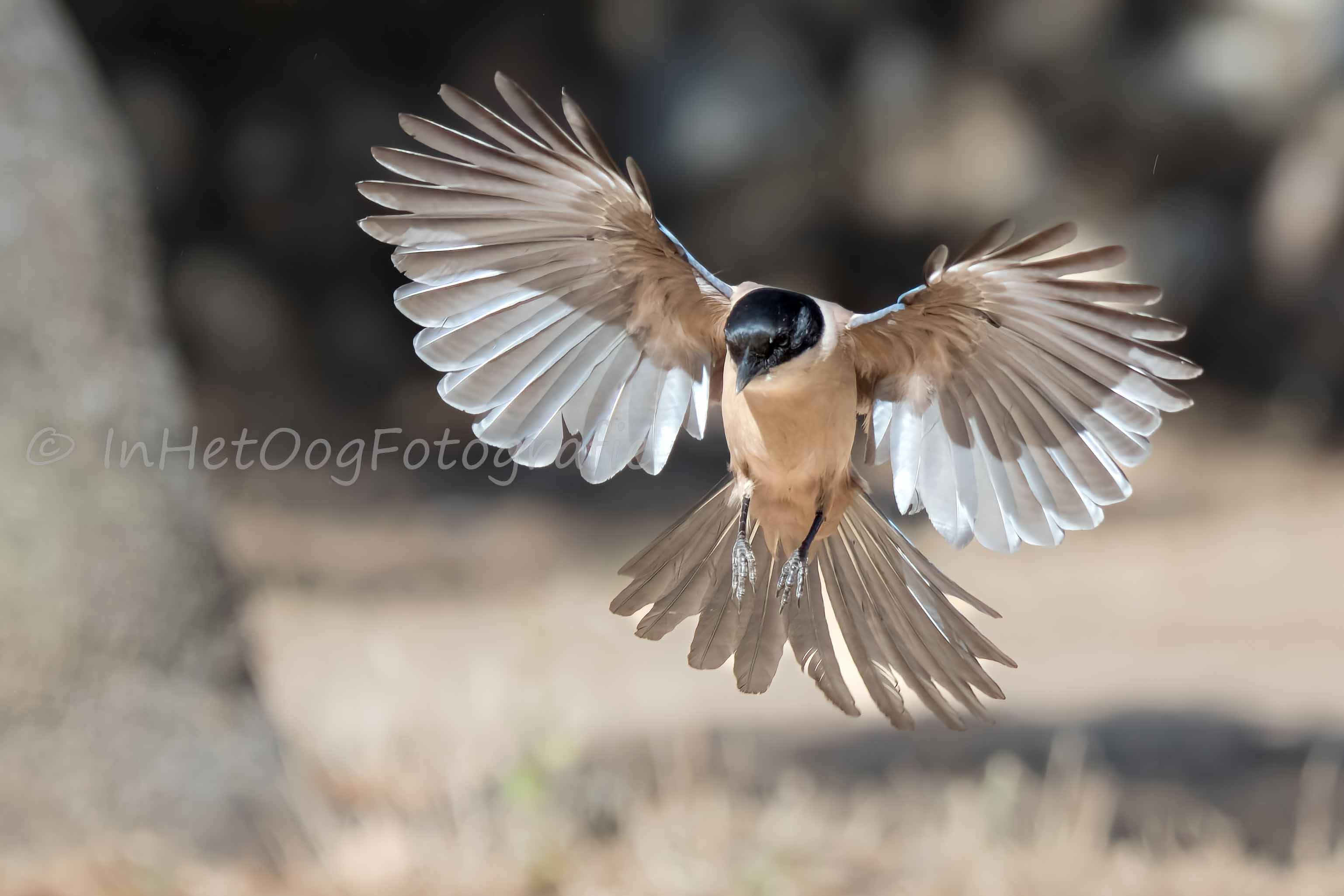
Caceres
A large group of azure-winged magpies (Cyanopica cyanus) is present at the campsite in Caceres. They breed in the dehesa behind the campsite. You can photograph them well in the far part of the campsite. They are not as shy as the azure-winged magpies you encounter elsewhere. By hiding and feeding them pieces of bread I was able to photograph them well. I always try to capture images that show some activity and that was successful here. It takes some trial and error. I had placed some objects on the path so I could pre-focus on them. I use Back Button Focusing. I shot with the camera in high speed mode (20 fps). By shooting bursts as the azure-winged magpies land to pick up the bread. Using the reference points I was able to get sharp pictures of the azure-winged magpies at the moment they spread their wings to land.
